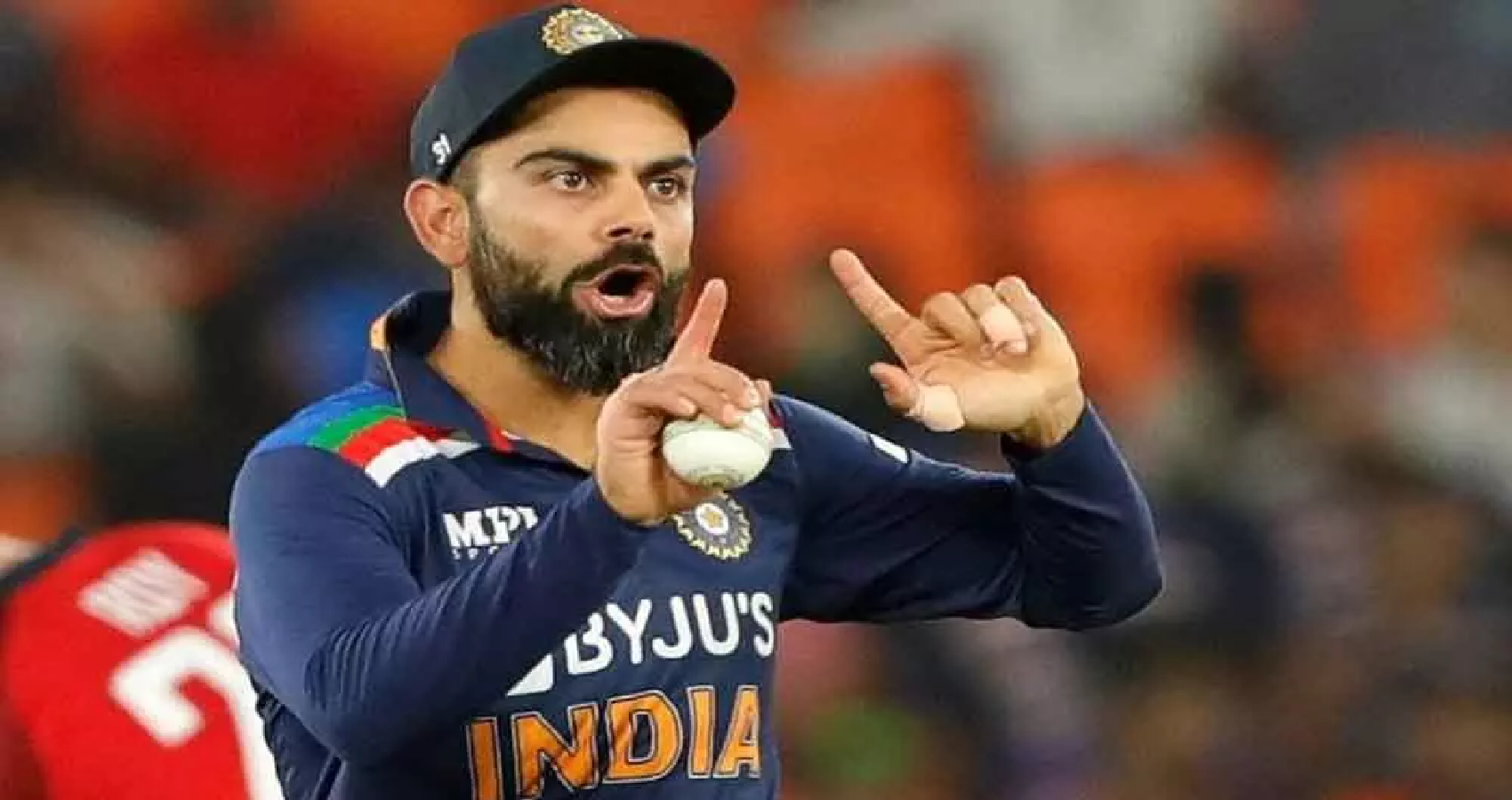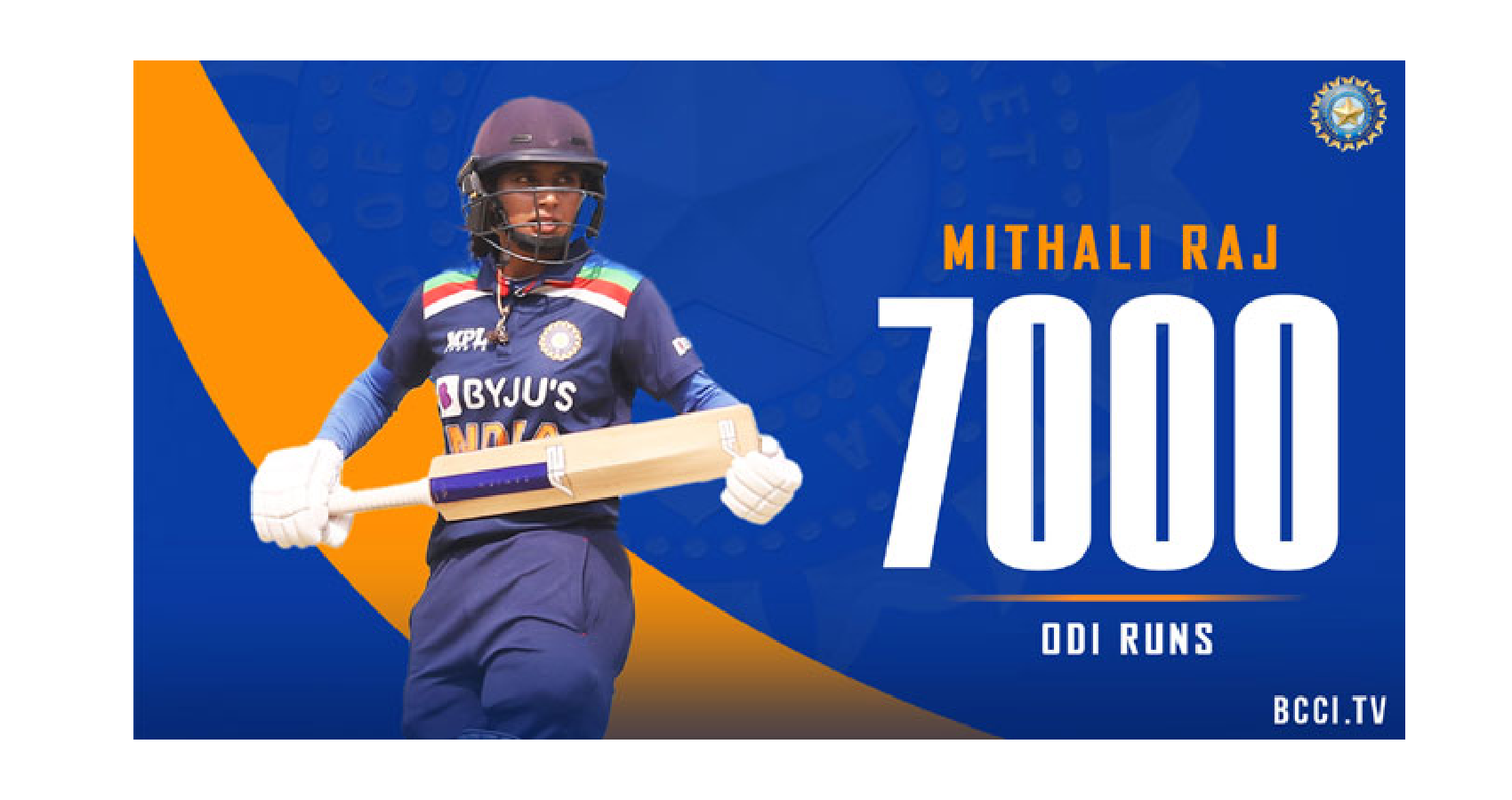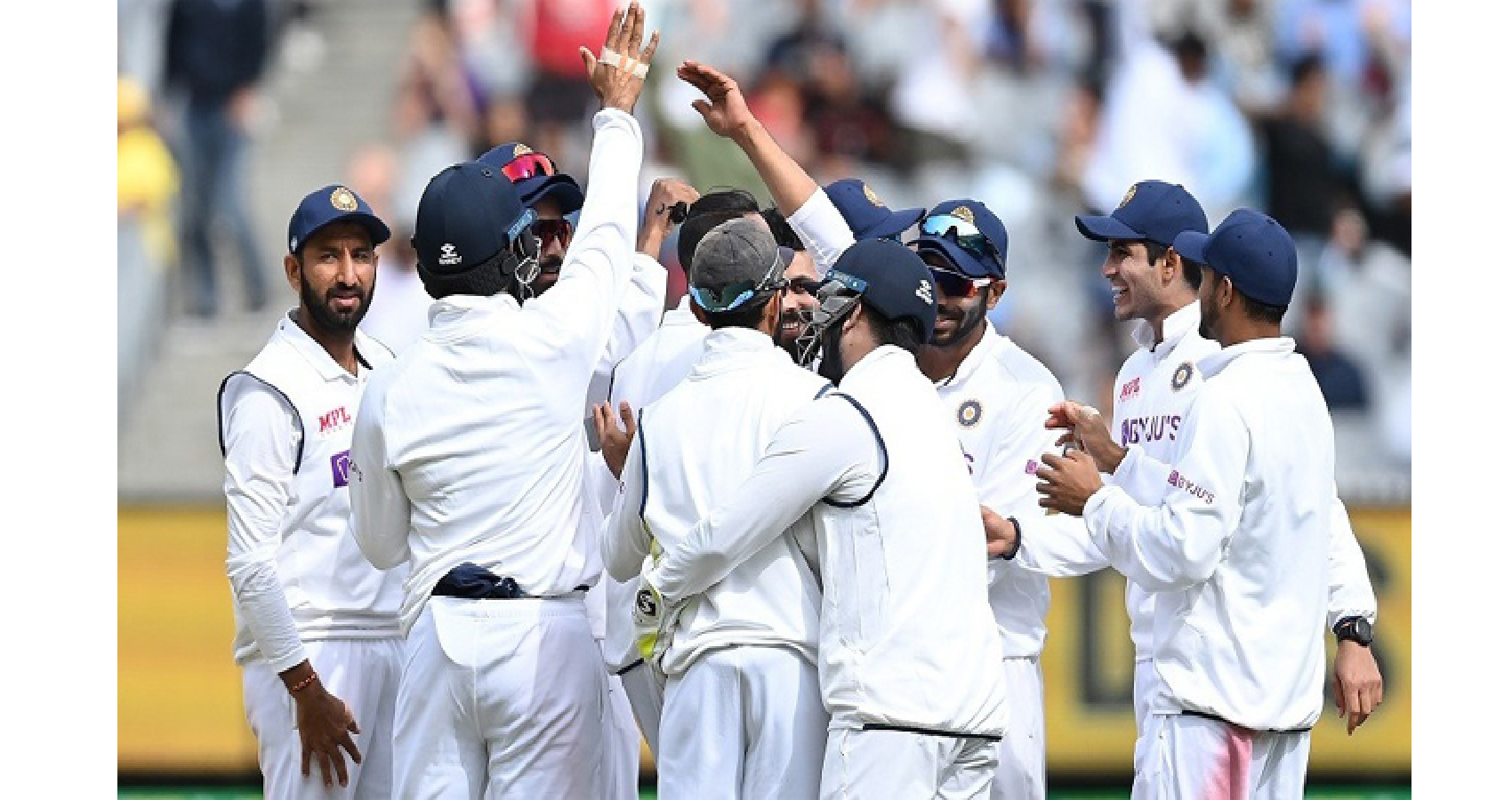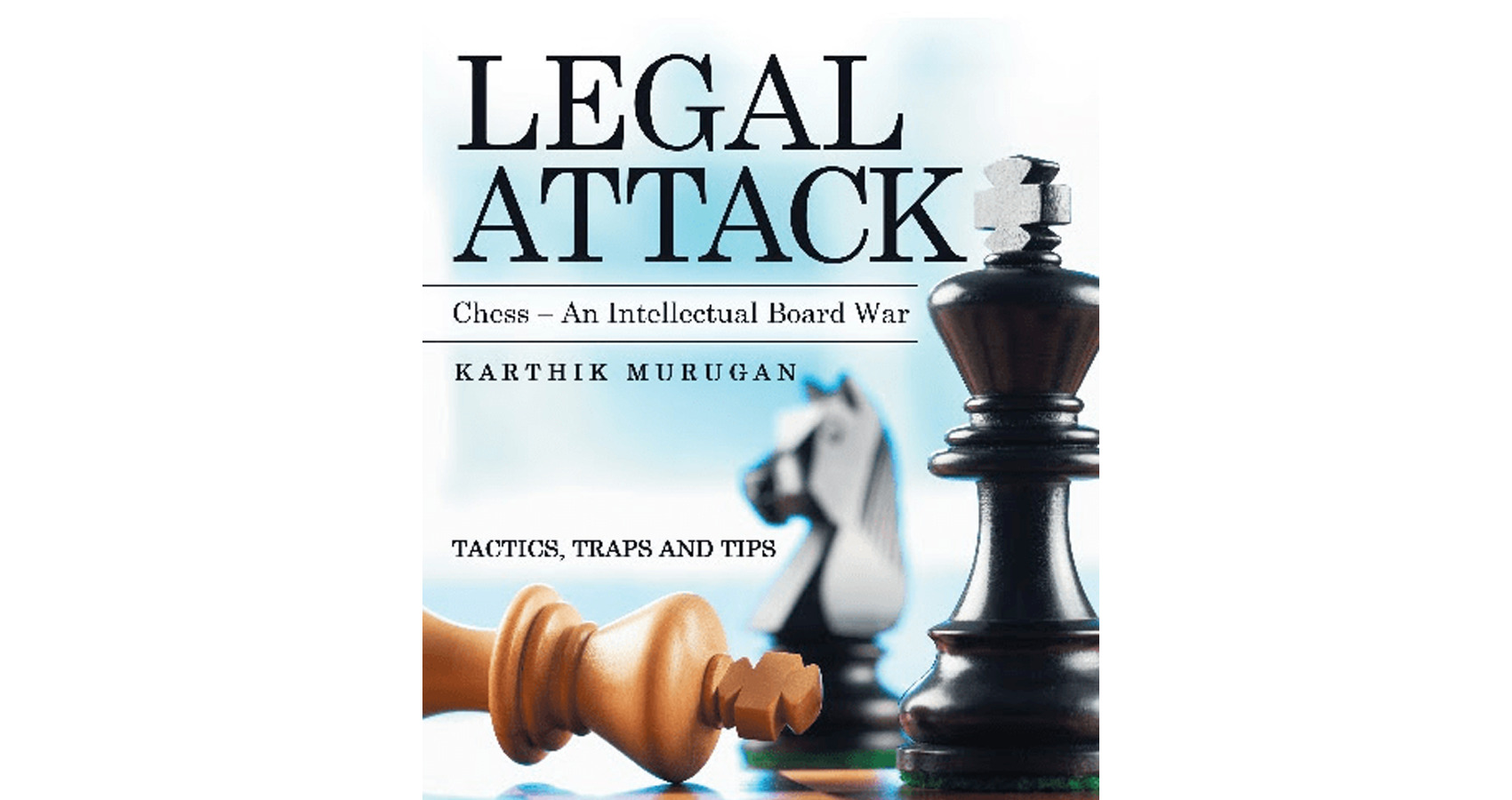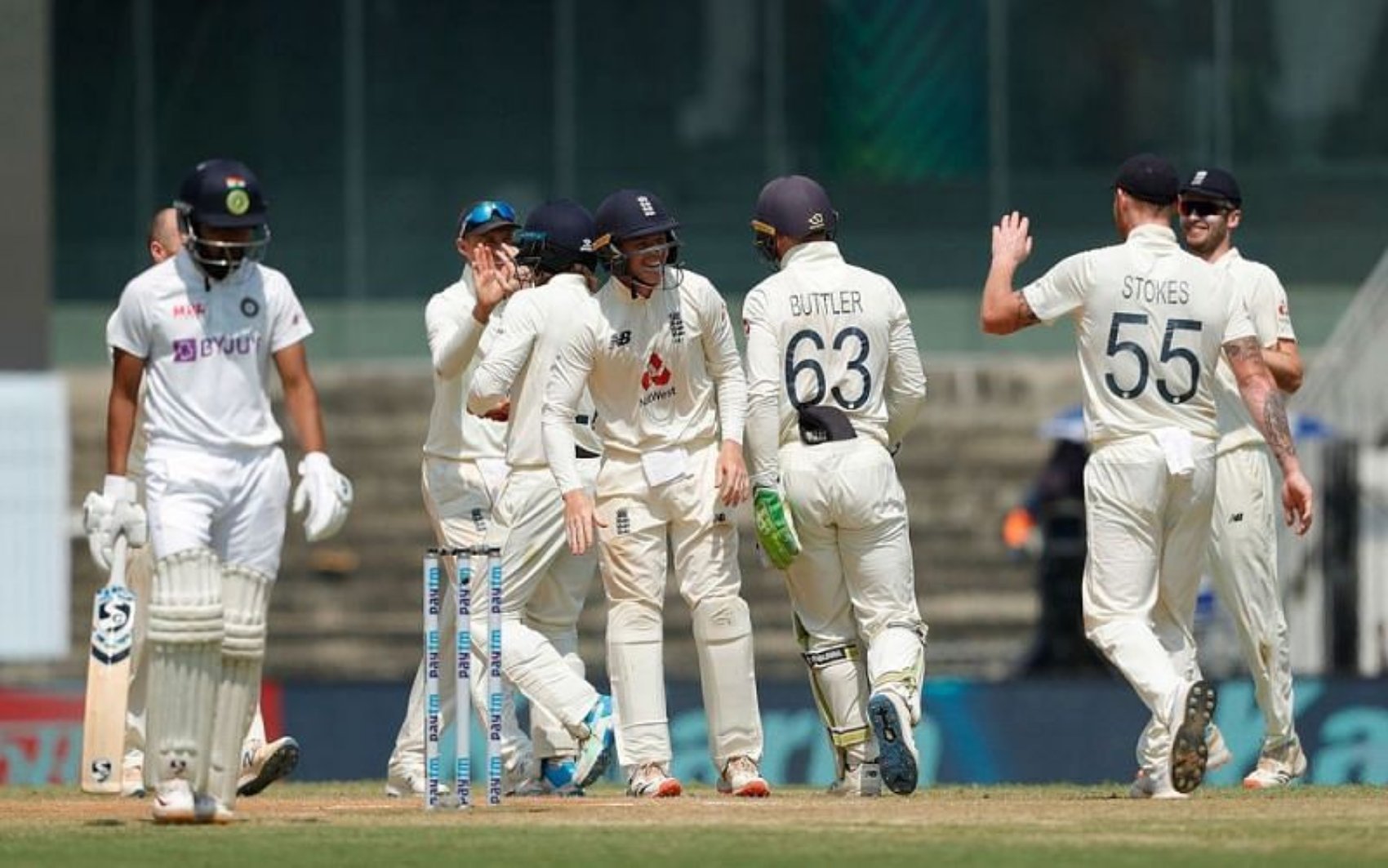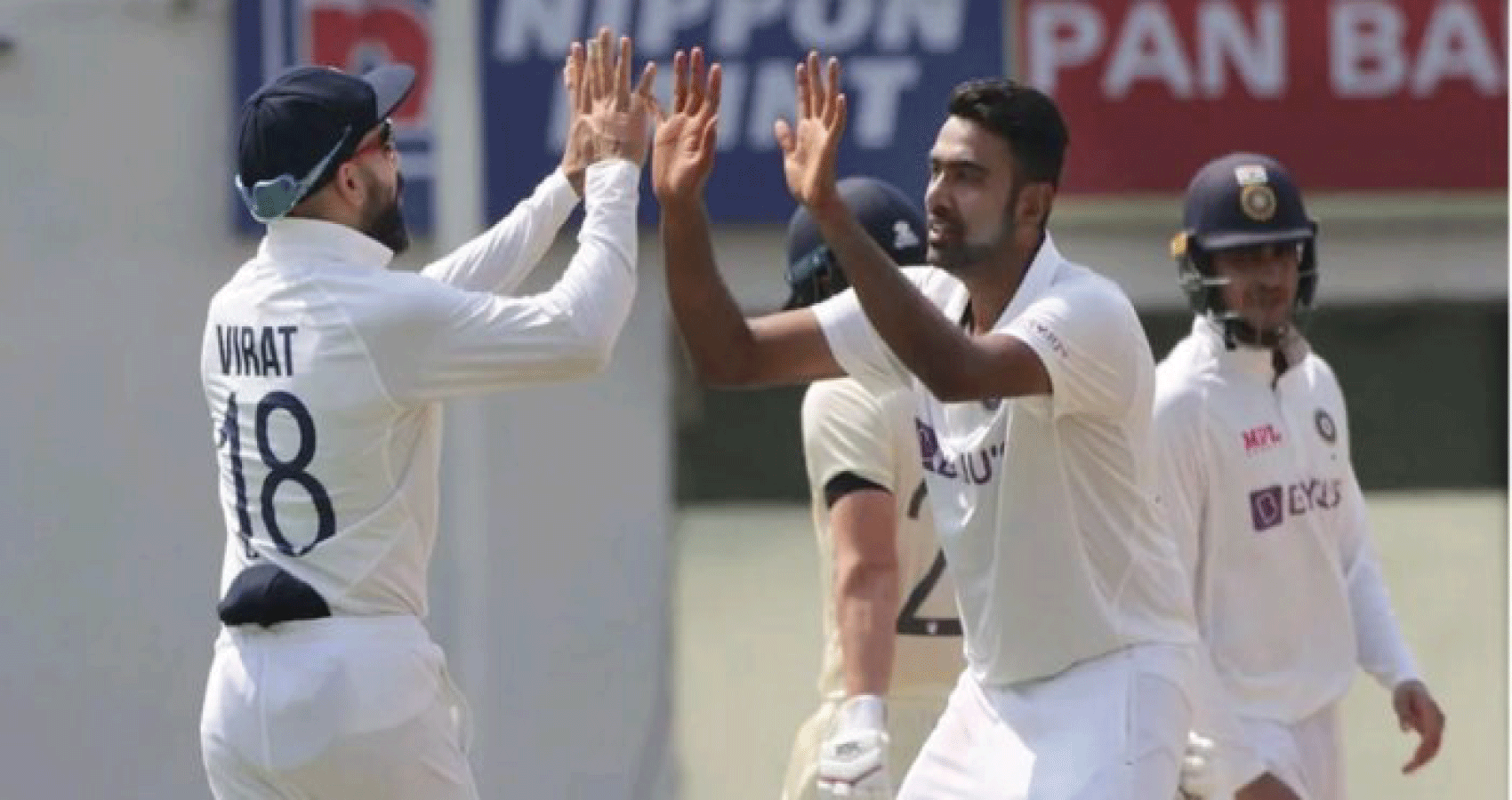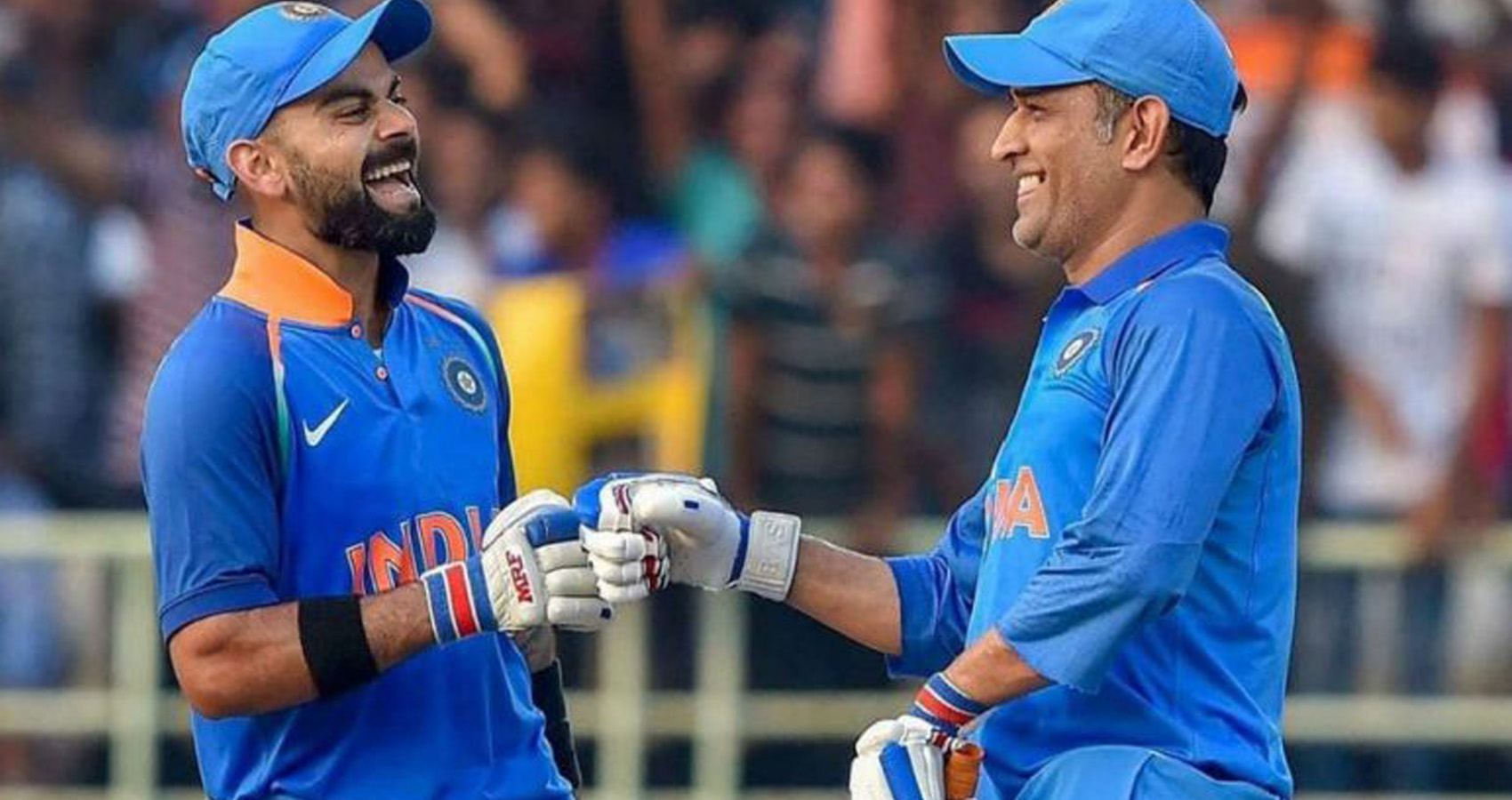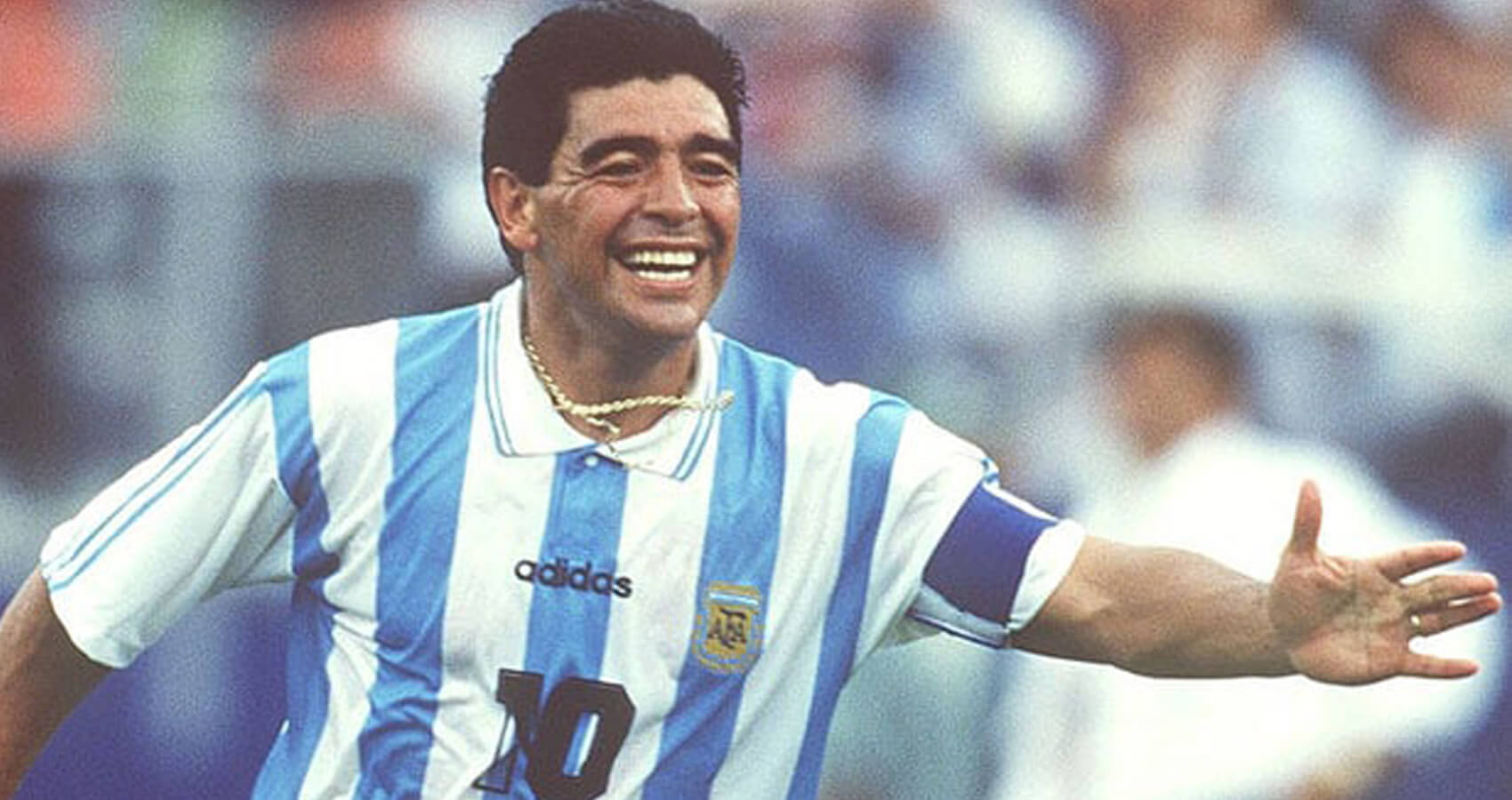Rafael Nadal won a record 21st Grand Slam men’s title in the most stunning fashion, fighting back from two sets down to beat Russia’s Daniil Medvedev in a classic Australian Open final.
Backed by a loud Melbourne crowd, sixth seed Nadal rallied to win 2-6 6-7 (5-7) 6-4 6-4 7-5 on Rod Laver Arena.
US Open champion Medvedev was going for his second successive major title.
Medvedev, 25, was in command before Nadal showed all of his renowned grit and fight to earn an extraordinary win.
The 35-year-old Spaniard has been at the centre of some of the sport’s most incredible triumphs – but this surely goes down as the most amazing Grand Slam victory of his illustrious career.
Nadal’s achievement comes only a few months after he thought he would never be able to return to the tour because of a foot injury.
In the absence of the deported Novak Djokovic and the injured Roger Federer in Melbourne, Nadal has moved one ahead of his great rivals in the race to finish with most major men’s singles titles.
It is the left-hander’s second Australian Open title and comes 13 years after his only previous success.
“Without a doubt it is one of the most emotional wins of my career,” Nadal, who had also previously lost four Australian Open finals, said after the trophy presentation.
Nadal’s emotional celebrations after adversity
Chronic pain in Nadal’s left foot restricted him to only one tournament in the final seven months of 2021, while a bout of coronavirus in mid-December also left him “very sick with fever”.
Those setbacks meant the Australian Open was just his second competitive event in five months, having won a warm-up tournament at Melbourne Park earlier in January.
Nadal sealed victory against Medvedev after five hours 24 minutes – and at 01:11 local time in Melbourne – when the second seed could not return a net volley on the first of the Spaniard’s three match points.
Dropping his racquet to the floor, Nadal stood motionless with his hands on hips as his jaw dropped. After a warm embrace with Medvedev, he walked towards his support team and exploded with emotion.
A triple first-pump was followed by a drop to his knees, his hands covering his face as he looked up to the sky.
Nadal slowly walked over to his players’ box, hugging Australian Open tournament director Craig Tiley, on his way to embrace his father Sebastian.
The intensity of his celebration illustrated the euphoria Nadal felt after the obstacles he had overcome – on the night and in the recent months – to win.
Previously in his career, Nadal had only won three matches from two sets down and the most recent of those came at Wimbledon in 2007 against Russia’s Mikhail Youzhny.
Victory came at the end of the second longest Grand Slam final in history, just 30 minutes short of the 2012 final at Melbourne Park when Nadal lost to Djokovic.
So much had he given to his record-breaking achievement that during the trophy presentation, Nadal was brought a chair so he could sit down rather than stand.
“I’m physically destroyed,” Nadal said in his post-match news conference.
Medvedev’s irritation at the pro-Nadal support
At two sets up, Medvedev had looked well on course to back up his victory in New York with another triumph at Melbourne Park.
Nadal lacked fluency with his groundstrokes in the first set, particularly on the backhand side, and Medvedev took five games in a row to seal it, Nadal dumping another backhand into the net, the Spanish left-hander’s 16th unforced error against just five from his opponent.
The younger man’s dominance was also illustrated by his winning 31 of the total points compared to 17 by Nadal.
With all the statistics in favour of Medvedev, the second set unexpectedly turned Nadal’s way at 2-1.
Nadal ended a 40-shot rally with an angled backhand winner, setting up break points for the first time in the match, and an unforced error from Medvedev handed over the game.
Suddenly Nadal had a spring in his step – and had the crowd getting noisier too – as he moved 4-1 ahead.
Three successive breaks of serve soon followed, a run that ended with a dramatic ninth game that stunned the Laver crowd.
It included a set point for Nadal, five break points for Medvedev and the game being halted when a protester jumped on to court before being dragged away by security.
The set eventually went to a tie-break which Medvedev finished the stronger and it appeared doubtful Nadal, already looking tired and sweating a lot, could fight back.
Another pivotal moment came in the sixth game of the third set when Nadal, facing going two sets and a break down, fought off three break points.
Both men continued to hold serve until the ninth game when Nadal, whose indomitable spirit began to grow, pounced.
Medvedev, perhaps as a result of the finishing line coming into view, lost clarity of thought when he tried to prod over a volley and instead hit it into the net.
That brought raucous cheers from the crowd and Medvedev responded with a sarcastic clap of his racquet.
The Spaniard broke and served out the set to love, sending the pro-Nadal crowd into further raptures.
A tense fourth set featured 15 break points, with Nadal taking two of his 10 opportunities to tee up a decider.
Medvedev continued to be irritated by the support being given to Nadal, and the frequent noise during his service points, prompting umpire John Blom to repeatedly ask for calm.
Nadal now looked the man with the mental resilience needed to see the job through.
He broke for 3-2 but then wobbled when he served for the match at 5-4, only to break straight back to lead 6-5 and serve out victory at the second attempt.
In his on-court speech, Medvedev thanked his team, and joked: “I’m sure my wife is watching back home but I think the TV will be broken now.”
Medvedev, who lost last year’s final to Djokovic, was aiming to become the first man in the Open era to win his second Grand Slam title at the next major event after his maiden triumph.
He was the highest seed men’s player in Djokovic’s absence.
“If we talk about tennis, I’m not that disappointed,” Medvedev said.
“It was a huge match, for sure, and there were some small points, small details, that I could have done better if I wanted to win. But that’s tennis. That’s life.
“Rafa played unreal and raised his level. I mean, two sets to love up, I wanted just to go for him, go for more.
“He was really strong, the way he played for four hours, I was even surprised.” (BBC)

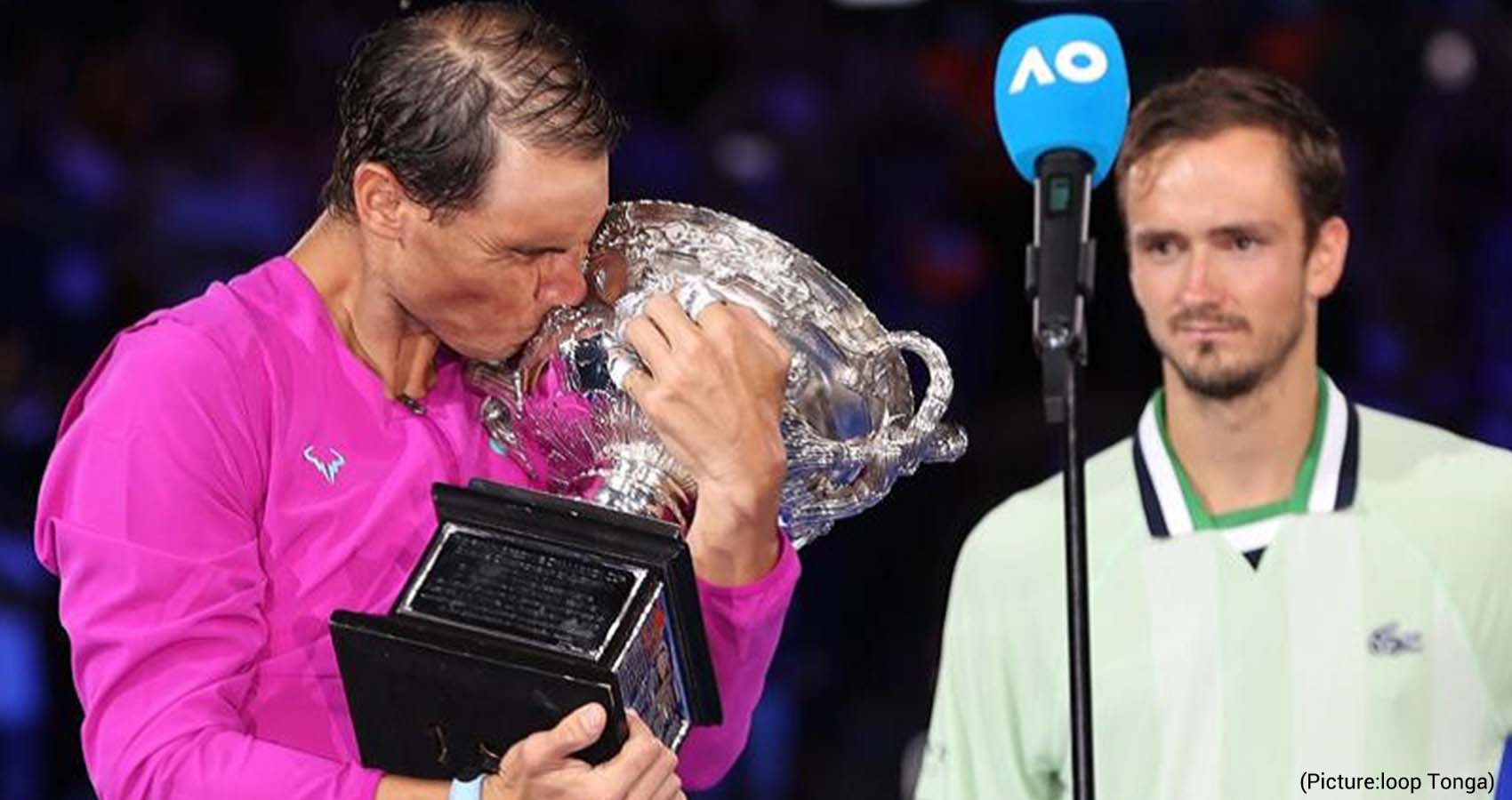
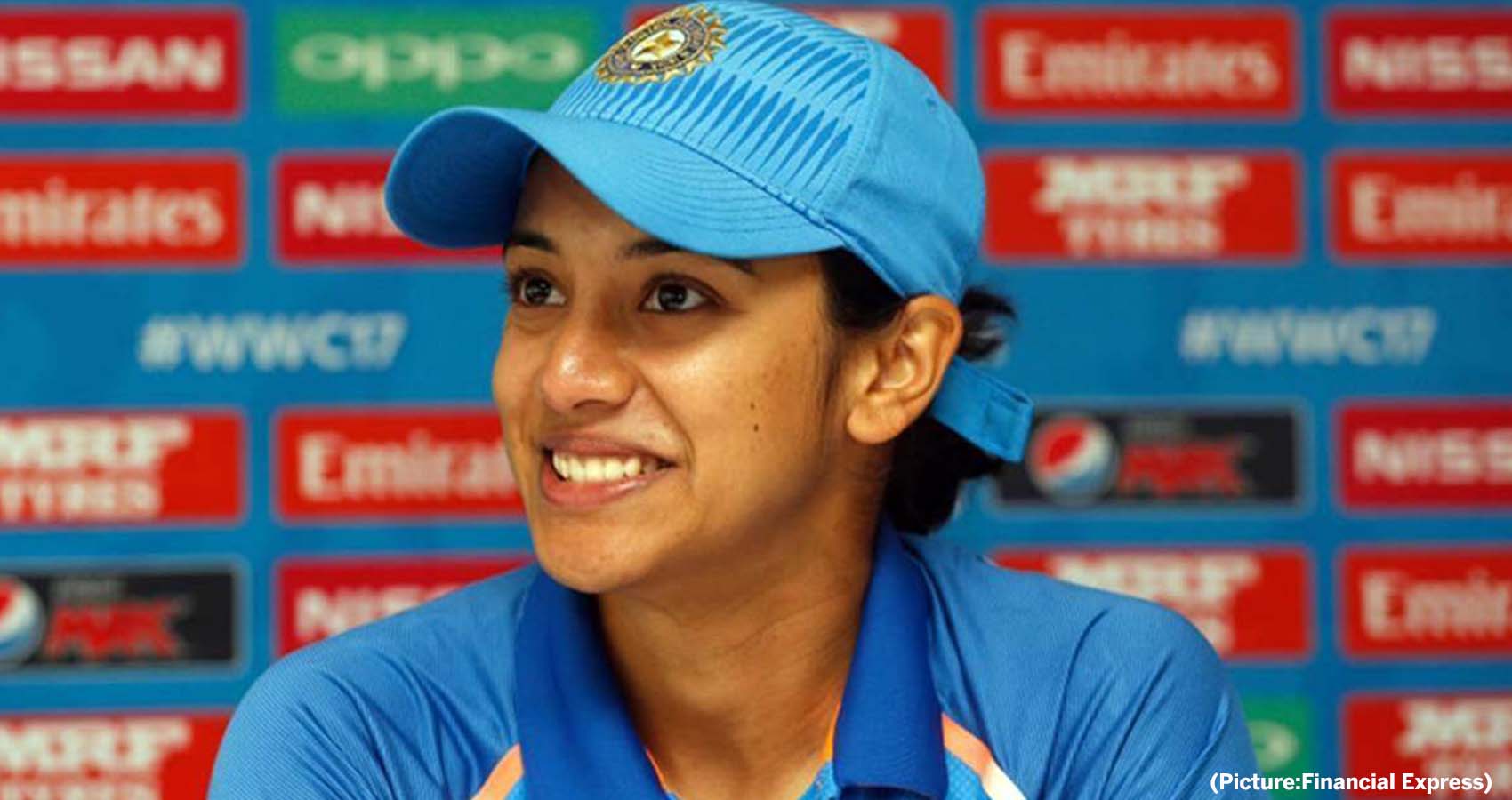
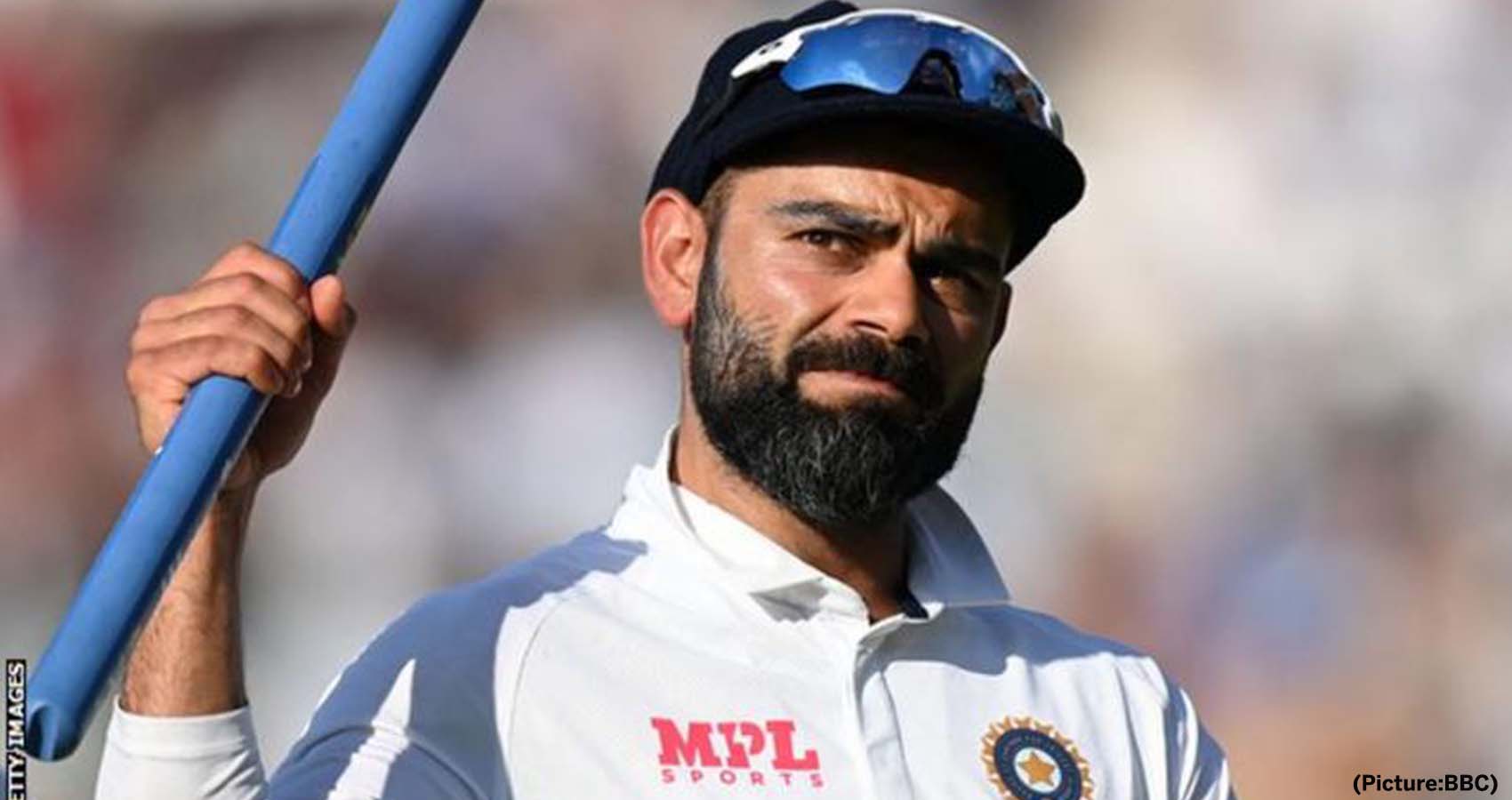
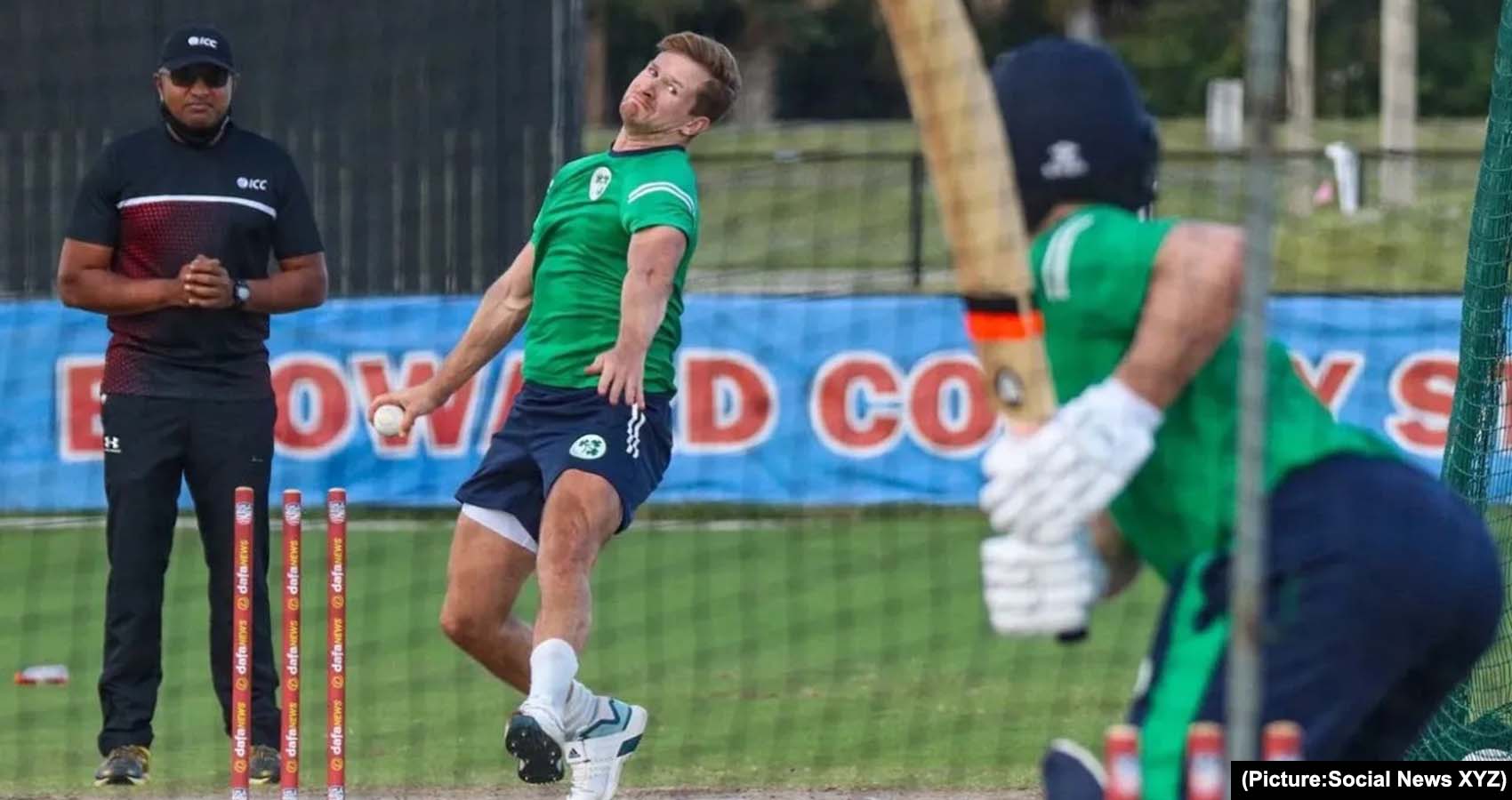
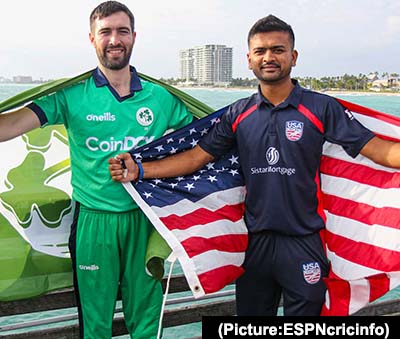 With several uncertainties, Josh Little cut short his Lankan Premier League stint to join the Ireland squad here. For the USA, Karima Gore, Jaskaran Malhotra and Aaron Jones have been ruled out after being named in the initial squads. To cover for the absentees, four players have received their maiden national call-up, three of whom are U-19 players.
With several uncertainties, Josh Little cut short his Lankan Premier League stint to join the Ireland squad here. For the USA, Karima Gore, Jaskaran Malhotra and Aaron Jones have been ruled out after being named in the initial squads. To cover for the absentees, four players have received their maiden national call-up, three of whom are U-19 players.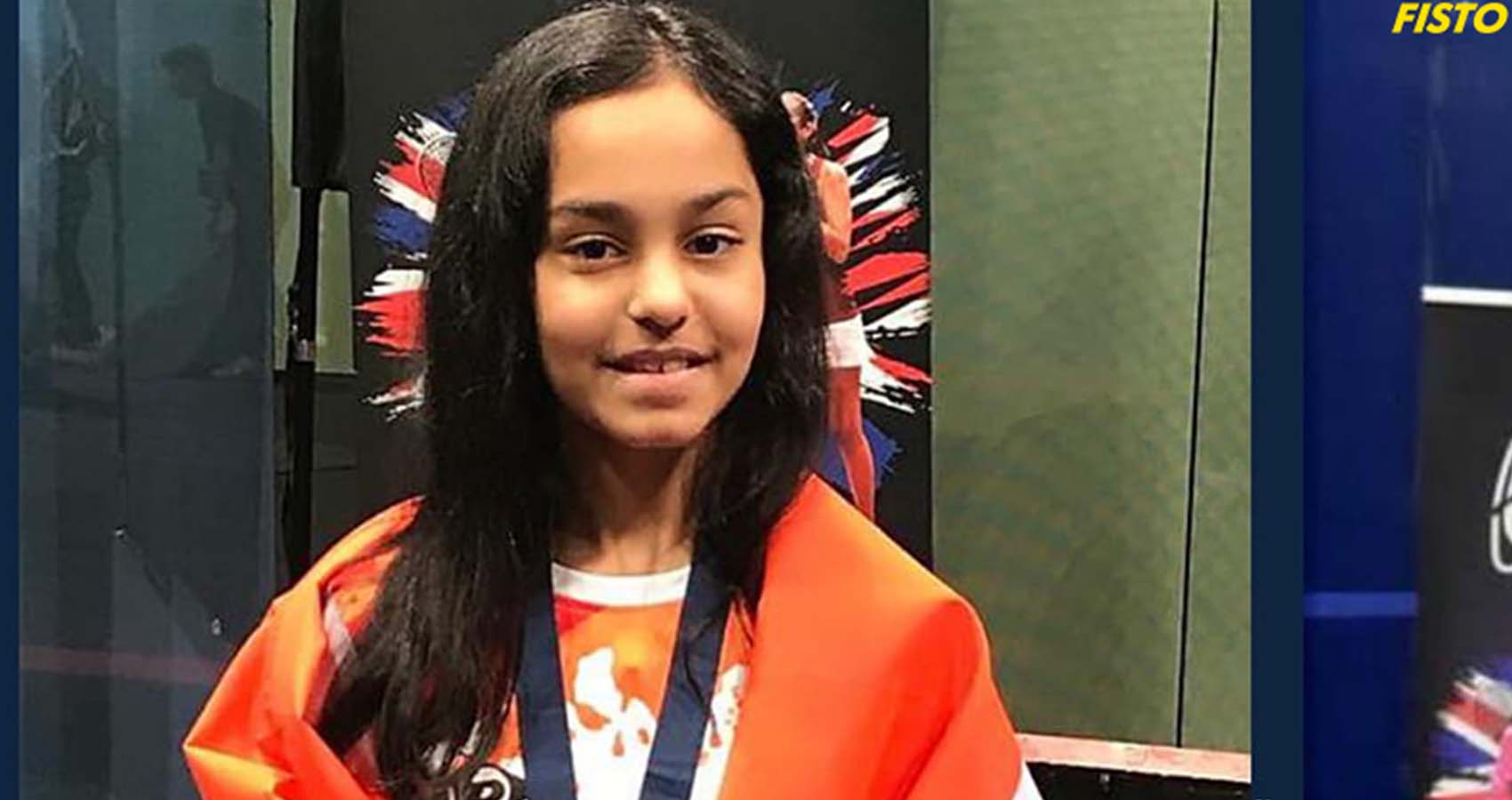
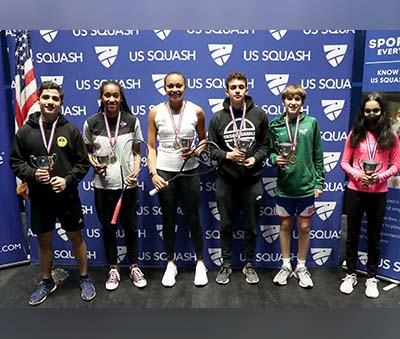 According to information received here, Anahat won the title in the Under-15 category, beating Jayda Marei from Egypt 11-9, 11-5, 8-11, 11-5. Earlier, in the semifinals, she had beaten US national champion Dixon Hill 11-8, 11-9, 11-5.
According to information received here, Anahat won the title in the Under-15 category, beating Jayda Marei from Egypt 11-9, 11-5, 8-11, 11-5. Earlier, in the semifinals, she had beaten US national champion Dixon Hill 11-8, 11-9, 11-5.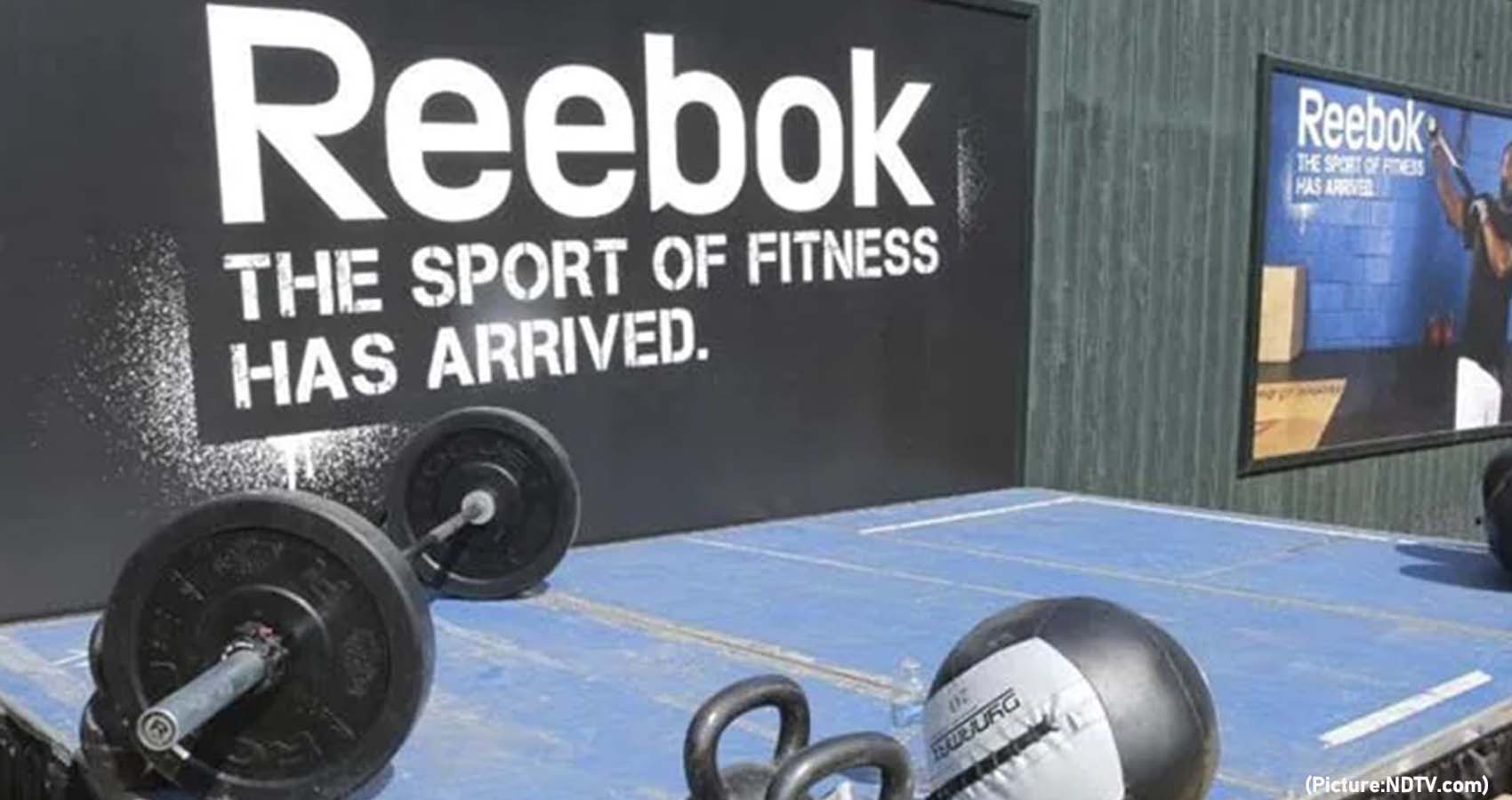
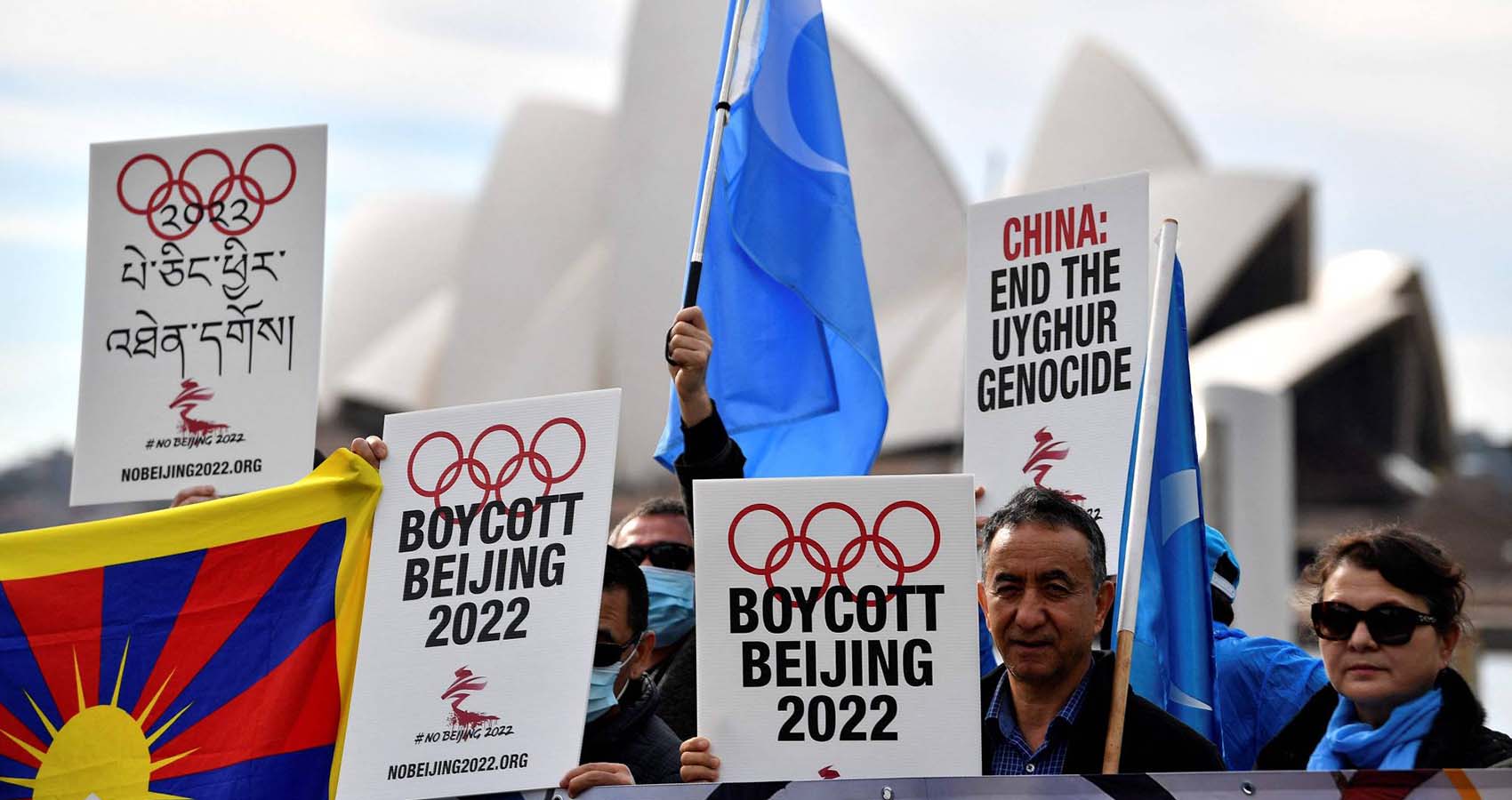
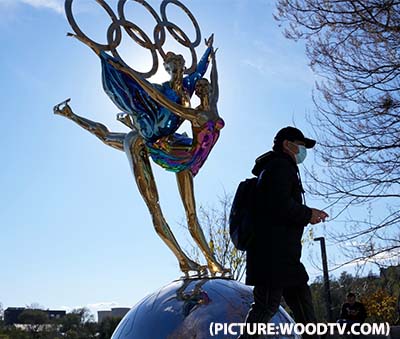 The diplomatic boycott is an escalation of President Joe Biden’s criticism of China’s treatment of its Uyghur citizens in a pattern of abuses that a
The diplomatic boycott is an escalation of President Joe Biden’s criticism of China’s treatment of its Uyghur citizens in a pattern of abuses that a 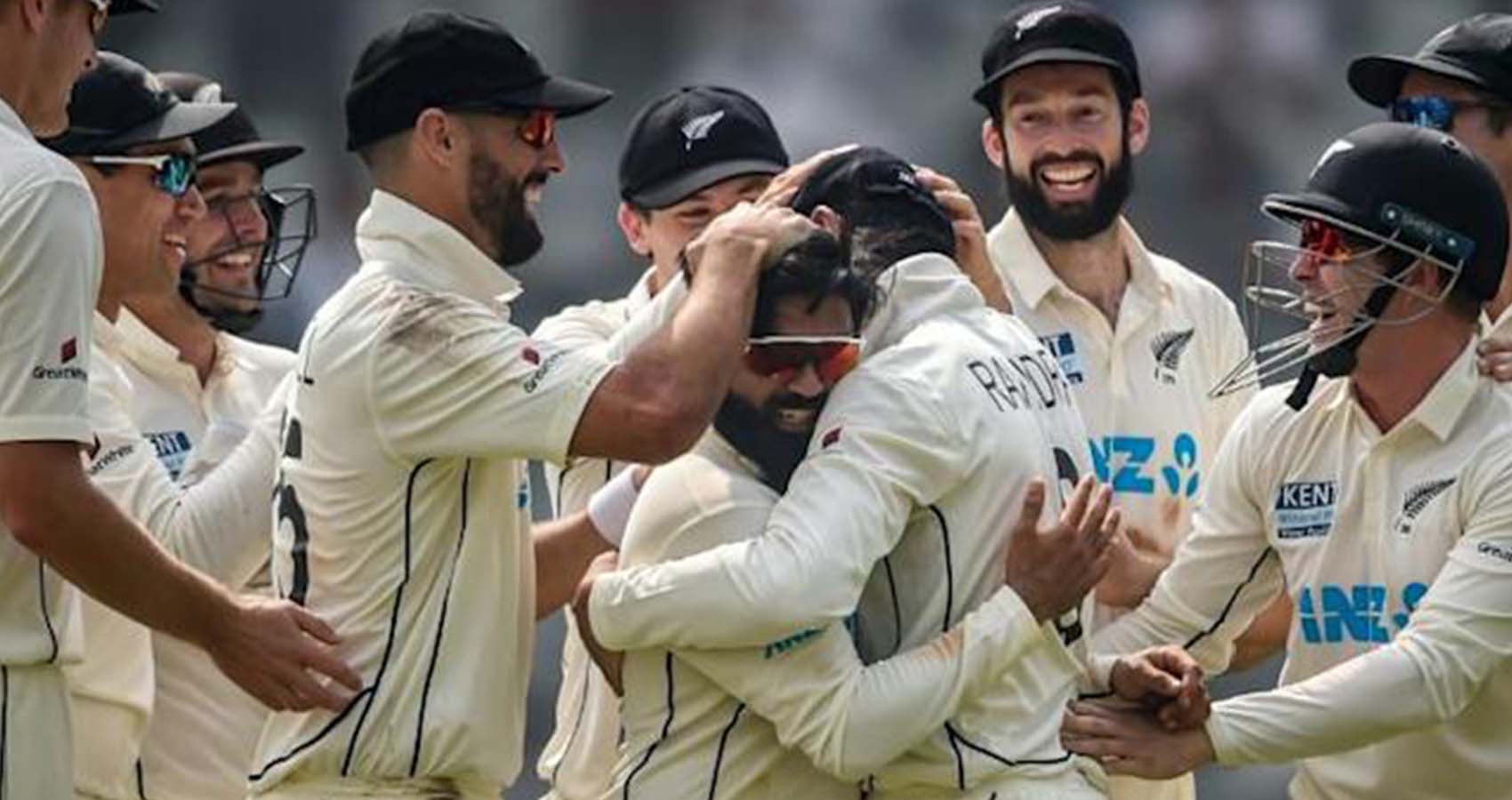
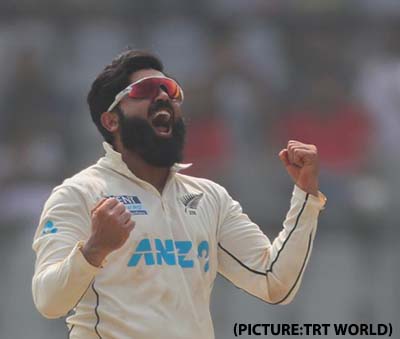 During the Test in Mumbai last weekend, New Zealand were bowled out for 62 in reply, before India closed day two on 69-0 – a lead of 332. The two-match series is level at 0-0 after India came within one wicket of forcing victory in the opening Test.
During the Test in Mumbai last weekend, New Zealand were bowled out for 62 in reply, before India closed day two on 69-0 – a lead of 332. The two-match series is level at 0-0 after India came within one wicket of forcing victory in the opening Test.
 Physicians and other health professionals on the front lines of COVID-19 care have experienced so many unknowns during the pandemic. They’ve also put their own health and the well-being of their families on the line to provide care.
Physicians and other health professionals on the front lines of COVID-19 care have experienced so many unknowns during the pandemic. They’ve also put their own health and the well-being of their families on the line to provide care. AAPI’s participation at the Marathon was inspired and sponsored by the Botla Foundation, which provided a great kick start to AAPI’s wellness theme, pointed to the Six Pillars of Lifestyle Medicine: 1. Healthy Diet; 2. Being active; 3. Restorative sleep; 4. Managing stress; 5. Have social and supportive connections; and, 6. Avoiding abusive drugs and habits.
AAPI’s participation at the Marathon was inspired and sponsored by the Botla Foundation, which provided a great kick start to AAPI’s wellness theme, pointed to the Six Pillars of Lifestyle Medicine: 1. Healthy Diet; 2. Being active; 3. Restorative sleep; 4. Managing stress; 5. Have social and supportive connections; and, 6. Avoiding abusive drugs and habits. Dozens of Doctors and community leaders joined the Rock and Roll Marathon, which had attracted over 18,000 participants from around the nation, and made this an inspiring experience for all. Dr. Ravi Botla, while thanking and congratulating all the participants at the Marathon, said, “Running with you all is an amazing experience. Several friends made their personal bests today. Hope to continue to do some physical activity (running/walking/cycling) to improve our health. On behalf of all our runners yesterday and today, Botla Foundation will donate $25,000 to AAPI, irrespective of the number of participants. We should be proud of this accomplishment. Thank you Anupama and Jayesh to provide this opportunity.”
Dozens of Doctors and community leaders joined the Rock and Roll Marathon, which had attracted over 18,000 participants from around the nation, and made this an inspiring experience for all. Dr. Ravi Botla, while thanking and congratulating all the participants at the Marathon, said, “Running with you all is an amazing experience. Several friends made their personal bests today. Hope to continue to do some physical activity (running/walking/cycling) to improve our health. On behalf of all our runners yesterday and today, Botla Foundation will donate $25,000 to AAPI, irrespective of the number of participants. We should be proud of this accomplishment. Thank you Anupama and Jayesh to provide this opportunity.” “After a hiatus of 5 years from long distance running, I am thrilled to announce that I completed running the half marathon in San Antonio on a PLANT BASED DIET!” Dr. Akil Taher said. “I ran to support the American Association of Physicians of Indian origin (AAPI) under the leadership of Dr. Anupama Gotimukula ad Dr. Jayesh Shah. AAPI has done some phenomenal charity work here in the US and India. Also a big thank you to the Botla family for their inspirational support to AAPI,” he added.
“After a hiatus of 5 years from long distance running, I am thrilled to announce that I completed running the half marathon in San Antonio on a PLANT BASED DIET!” Dr. Akil Taher said. “I ran to support the American Association of Physicians of Indian origin (AAPI) under the leadership of Dr. Anupama Gotimukula ad Dr. Jayesh Shah. AAPI has done some phenomenal charity work here in the US and India. Also a big thank you to the Botla family for their inspirational support to AAPI,” he added. To run my first half-marathon with my Idol, Dr. Taher. He is a living proof of the power of ‘Whole Foods Plant Based’ Diet and Physical Exercise in not just recovering from a major surgery but healing from within for a better and stronger health than before. His presenceat the Marathon inspired us to sign up for the event and support AAPI in promoting ‘health & fitness’ in our community,” stated Dr. Bhoja R. Katipally.
To run my first half-marathon with my Idol, Dr. Taher. He is a living proof of the power of ‘Whole Foods Plant Based’ Diet and Physical Exercise in not just recovering from a major surgery but healing from within for a better and stronger health than before. His presenceat the Marathon inspired us to sign up for the event and support AAPI in promoting ‘health & fitness’ in our community,” stated Dr. Bhoja R. Katipally. The donor, Dr. Ravi Botla did his first full Marathon. There are several in the group who did their first half marathon including Dr. Jayesh Shah! We thank the Botla Foundation who inspired us! We ran with a good heart to support AAPI. Nothing is impossible if we have the motivation inside us!!” For more details on AAPI and the 40th convention, please visit:
The donor, Dr. Ravi Botla did his first full Marathon. There are several in the group who did their first half marathon including Dr. Jayesh Shah! We thank the Botla Foundation who inspired us! We ran with a good heart to support AAPI. Nothing is impossible if we have the motivation inside us!!” For more details on AAPI and the 40th convention, please visit: 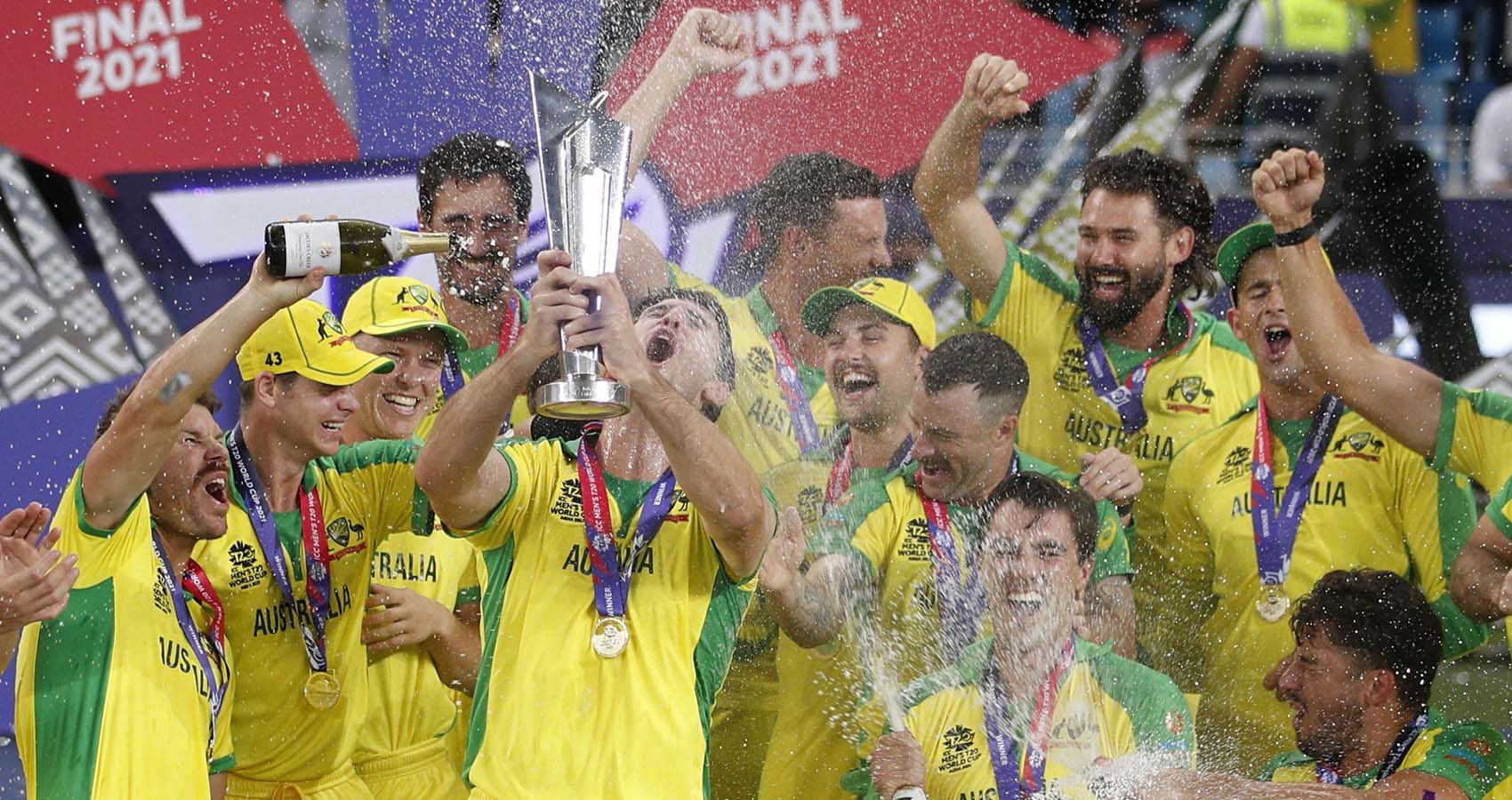
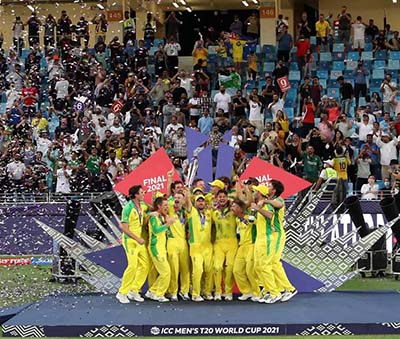 Australia, who won the toss, began the run chase at a blistering pace with opener David Warner scoring 53 off 38 deliveries, enabling his team to be at 82 for the loss of 1 wicket at the halfway stage. Injury ravaged Mitchell Marsh, who top scored for his team with a 77 not out off 50 deliveries also achieved a personal milestone for himself by becoming the first Aussie to score 600 runs in T20Is in 2021.
Australia, who won the toss, began the run chase at a blistering pace with opener David Warner scoring 53 off 38 deliveries, enabling his team to be at 82 for the loss of 1 wicket at the halfway stage. Injury ravaged Mitchell Marsh, who top scored for his team with a 77 not out off 50 deliveries also achieved a personal milestone for himself by becoming the first Aussie to score 600 runs in T20Is in 2021.

 The World Cup is being co-hosted by Oman and UAE after original hosts India were forced to take the ICC event to the Middle East due to the COVID-19 pandemic.
The World Cup is being co-hosted by Oman and UAE after original hosts India were forced to take the ICC event to the Middle East due to the COVID-19 pandemic. 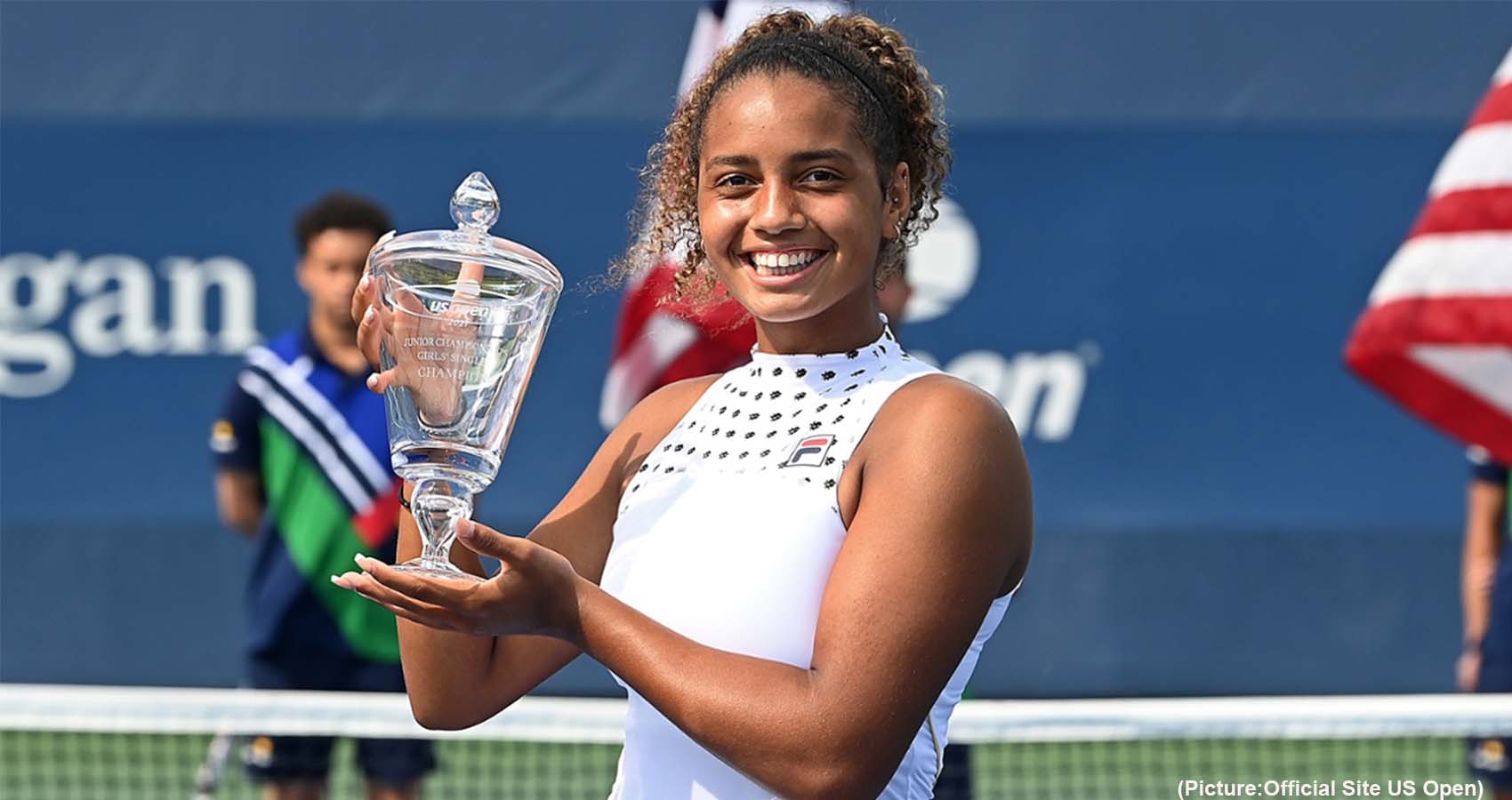
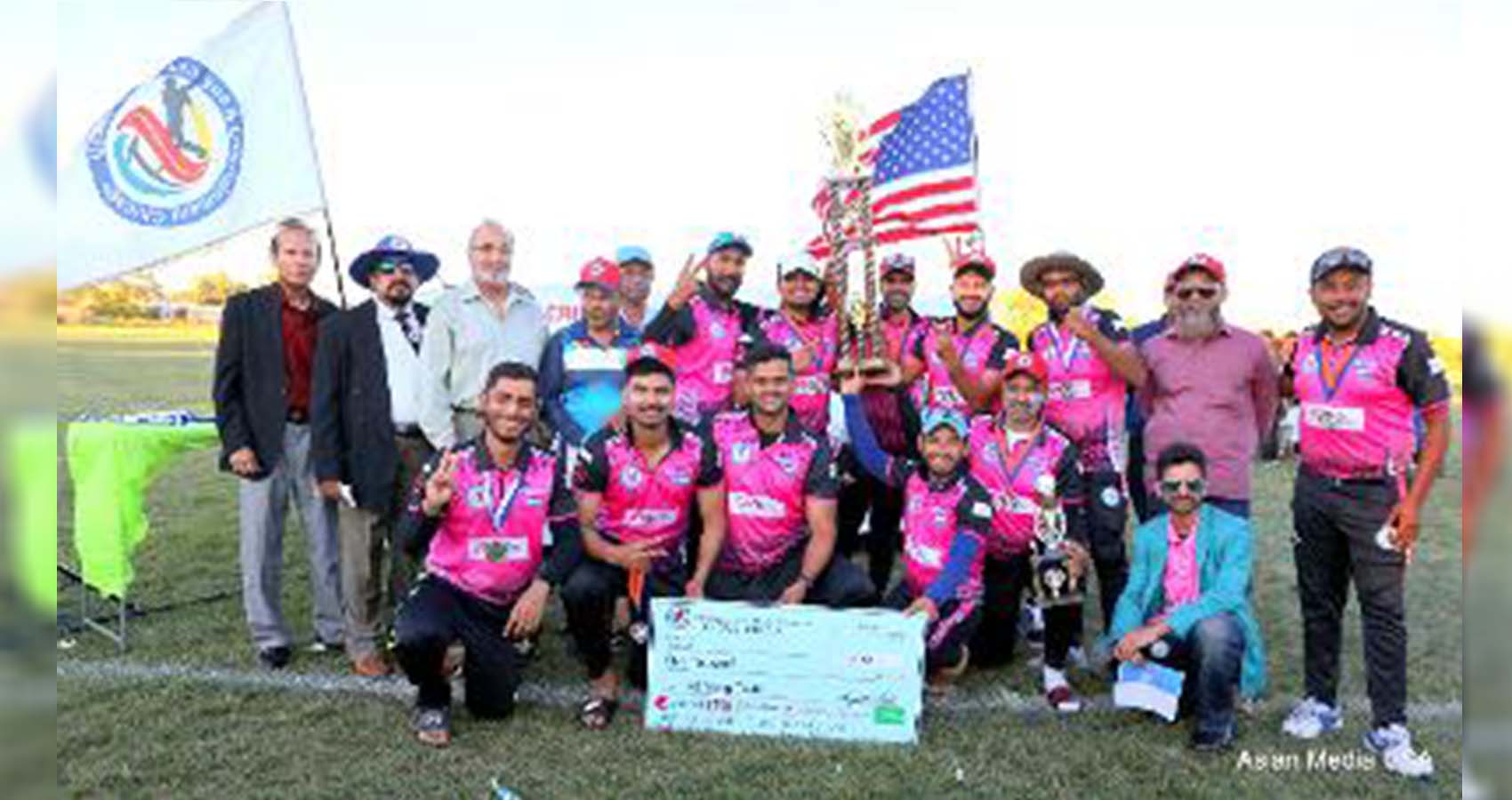
 UCL & E Chicago gold cup this tournament played for 3 days at Skokie and Camera Park yesterday 2 matches was played semi-final and final and we finish final match yesterday at Skokie Sports Park first semi-final was played by cougars v/s Dee park it was hard job for both teams and second semi-final Midwest Cc club v/s yeh/ cheez and final match was played by Midwest Cc club v/s Cougars and Midwest Cc club win the final match and kamran syed win man of the series and Man of the match syed Kabir and best bowler salman khan and best batman syed kamran and in final match and also we gave trophy and cash prize.
UCL & E Chicago gold cup this tournament played for 3 days at Skokie and Camera Park yesterday 2 matches was played semi-final and final and we finish final match yesterday at Skokie Sports Park first semi-final was played by cougars v/s Dee park it was hard job for both teams and second semi-final Midwest Cc club v/s yeh/ cheez and final match was played by Midwest Cc club v/s Cougars and Midwest Cc club win the final match and kamran syed win man of the series and Man of the match syed Kabir and best bowler salman khan and best batman syed kamran and in final match and also we gave trophy and cash prize.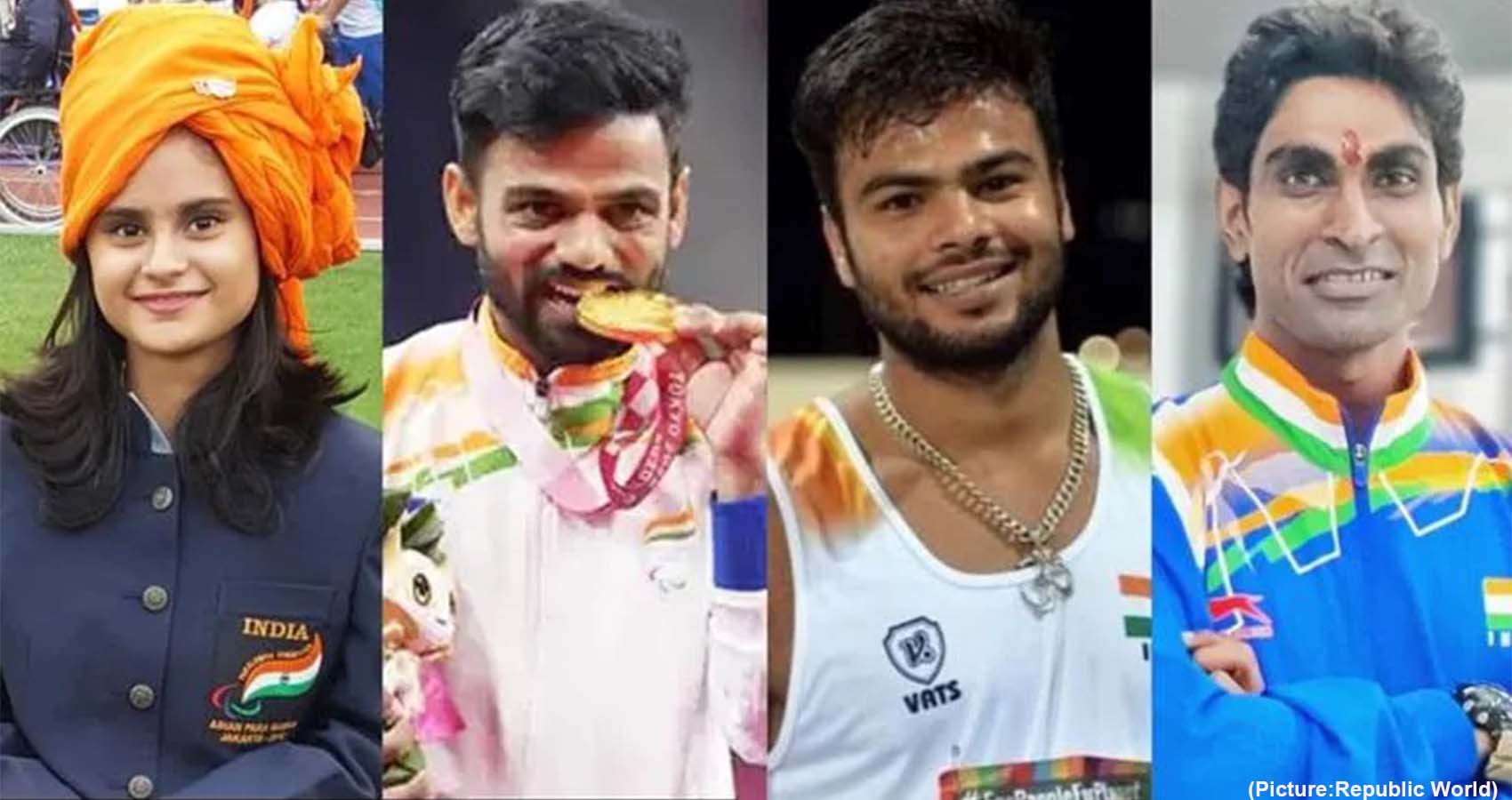
 The tally also included eight silver and six bronze medals but most importantly, it was a performance during which history was scripted almost everyday with the contingent living up to the ‘Spirit in Motion’ motto of the Games.
The tally also included eight silver and six bronze medals but most importantly, it was a performance during which history was scripted almost everyday with the contingent living up to the ‘Spirit in Motion’ motto of the Games.
 India defeated England by 157 runs in the fourth Test at The Oval to take an unbeatable 2-1 lead in the five-match series. England began the final day at 77/0, needing 291 runs to win. Openers Haseeb Hameed and Rory Burns got to their fifties but once they were dismissed, it was all downhill for England. In the second session, England lost four wickets for six runs en route to losing 6 for just 62 runs. Jasprit Bumrah and Ravindra Jadeja, two wickets each, were the wreckers-in-chief in that afternoon session, cleaning up England’s middle-order with a fuss. At the end, it was Umesh Yadav’s three-for that cleaned up England’s tail and sealed a famous win for India. Amidst all this, let’s not forget Shardul Thakur’s brace, which included the all-important scalps of Burns and Joe Root.
India defeated England by 157 runs in the fourth Test at The Oval to take an unbeatable 2-1 lead in the five-match series. England began the final day at 77/0, needing 291 runs to win. Openers Haseeb Hameed and Rory Burns got to their fifties but once they were dismissed, it was all downhill for England. In the second session, England lost four wickets for six runs en route to losing 6 for just 62 runs. Jasprit Bumrah and Ravindra Jadeja, two wickets each, were the wreckers-in-chief in that afternoon session, cleaning up England’s middle-order with a fuss. At the end, it was Umesh Yadav’s three-for that cleaned up England’s tail and sealed a famous win for India. Amidst all this, let’s not forget Shardul Thakur’s brace, which included the all-important scalps of Burns and Joe Root.
 Robinson took five for 65 including four for 25 from an eight-over spell with the second new ball in the morning that destroyed India’s resilience, ensured the match was over 10 minutes before lunch and left Yorkshire having to fork out 50 per cent refunds. The ECB will be happy. This was all over in 112 balls. Surely someone can market that as a new version of Test cricket. How the mood had changed from Monday when the teams were netting at Headingley and Root learned he had lost another bowler – Mark Wood – and admitted he had to remind himself he was living his boyhood dream as England captain while coming to terms with the Lord’s defeat.
Robinson took five for 65 including four for 25 from an eight-over spell with the second new ball in the morning that destroyed India’s resilience, ensured the match was over 10 minutes before lunch and left Yorkshire having to fork out 50 per cent refunds. The ECB will be happy. This was all over in 112 balls. Surely someone can market that as a new version of Test cricket. How the mood had changed from Monday when the teams were netting at Headingley and Root learned he had lost another bowler – Mark Wood – and admitted he had to remind himself he was living his boyhood dream as England captain while coming to terms with the Lord’s defeat.
 The chief Guests included Masood Chik, former cricketer of Pakistan, Pramod Shah: Skokie Village Clerk , Jim McCarthy: Skokie Caucus Party Chairman, Susan Aberman: Skokie Park Board President, Mike Reid: Skokie Park Board Vice President. Mike Shah: Skokie Planning Commissioner, Robert DeLeonardis: Sports park supervisor, Syed Mustaq Hussain: main advisor, and Syed Sikander: advisor. Other guests were Mohammed Afroz, Mohammed Anwar, Faheem Shehzad, Abdul Faheem, Mohammed Rafi, Sidiq Khan, Mohammed Yunus, Mukhram Mehmood, Ayaz Patel, Sufuyian Dukanwala, Syed Ehsan, and everyone who attended. The empires were Syed Shabbir, and Hanif Lala. UCL&E would like to thank their sponsors which includes Pepsi, PPG, Devon Discount Pharmacy, Sabri Nahari, NP Jewelers, Free Covid Care, AV Stone, Patel Brothers, Air Tour, Shalimar Banquet Hall, Little Ceaser pizza, Noble Services, Lyca Mobile, and Okay Auto Repair.
The chief Guests included Masood Chik, former cricketer of Pakistan, Pramod Shah: Skokie Village Clerk , Jim McCarthy: Skokie Caucus Party Chairman, Susan Aberman: Skokie Park Board President, Mike Reid: Skokie Park Board Vice President. Mike Shah: Skokie Planning Commissioner, Robert DeLeonardis: Sports park supervisor, Syed Mustaq Hussain: main advisor, and Syed Sikander: advisor. Other guests were Mohammed Afroz, Mohammed Anwar, Faheem Shehzad, Abdul Faheem, Mohammed Rafi, Sidiq Khan, Mohammed Yunus, Mukhram Mehmood, Ayaz Patel, Sufuyian Dukanwala, Syed Ehsan, and everyone who attended. The empires were Syed Shabbir, and Hanif Lala. UCL&E would like to thank their sponsors which includes Pepsi, PPG, Devon Discount Pharmacy, Sabri Nahari, NP Jewelers, Free Covid Care, AV Stone, Patel Brothers, Air Tour, Shalimar Banquet Hall, Little Ceaser pizza, Noble Services, Lyca Mobile, and Okay Auto Repair.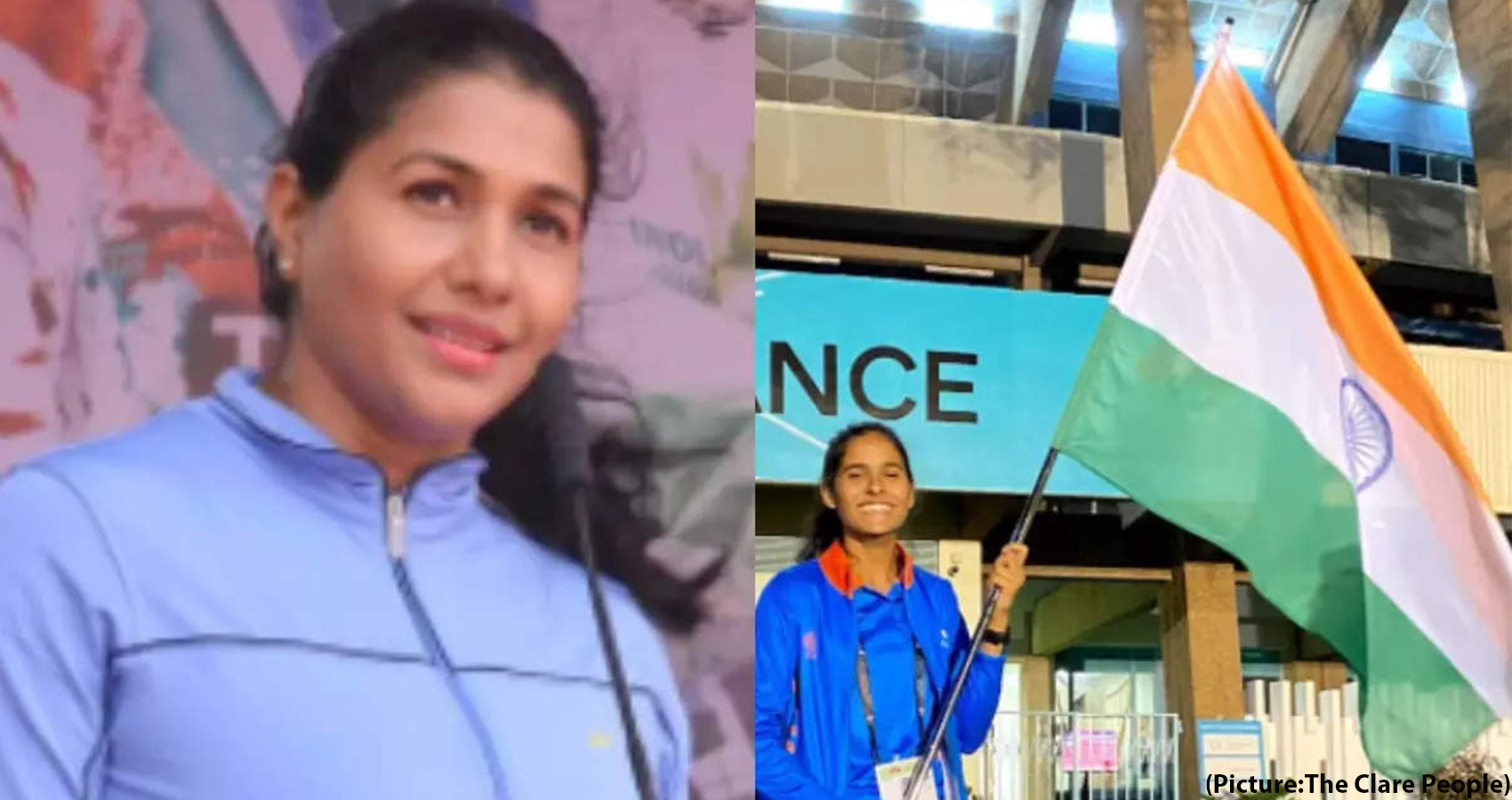
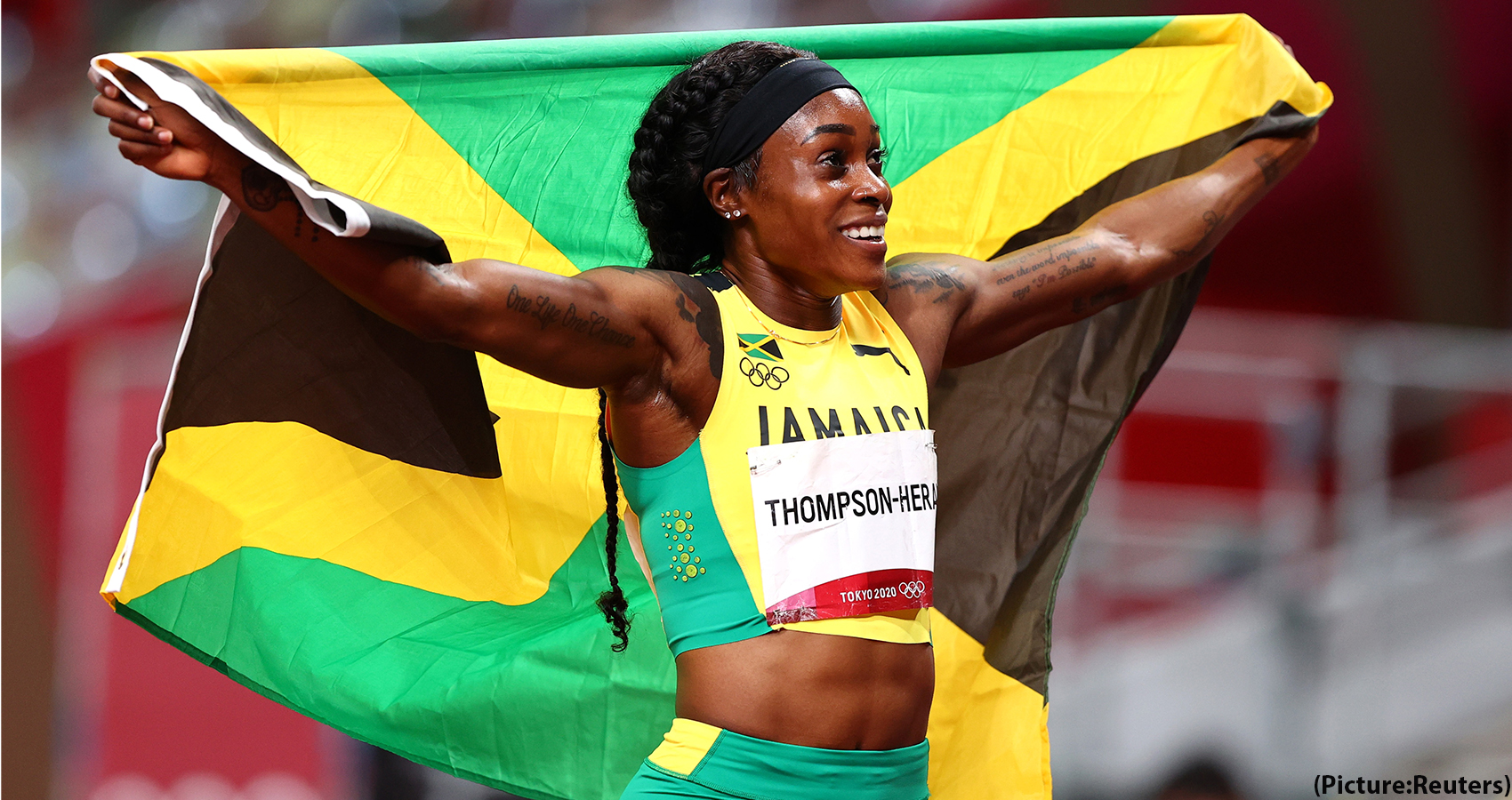
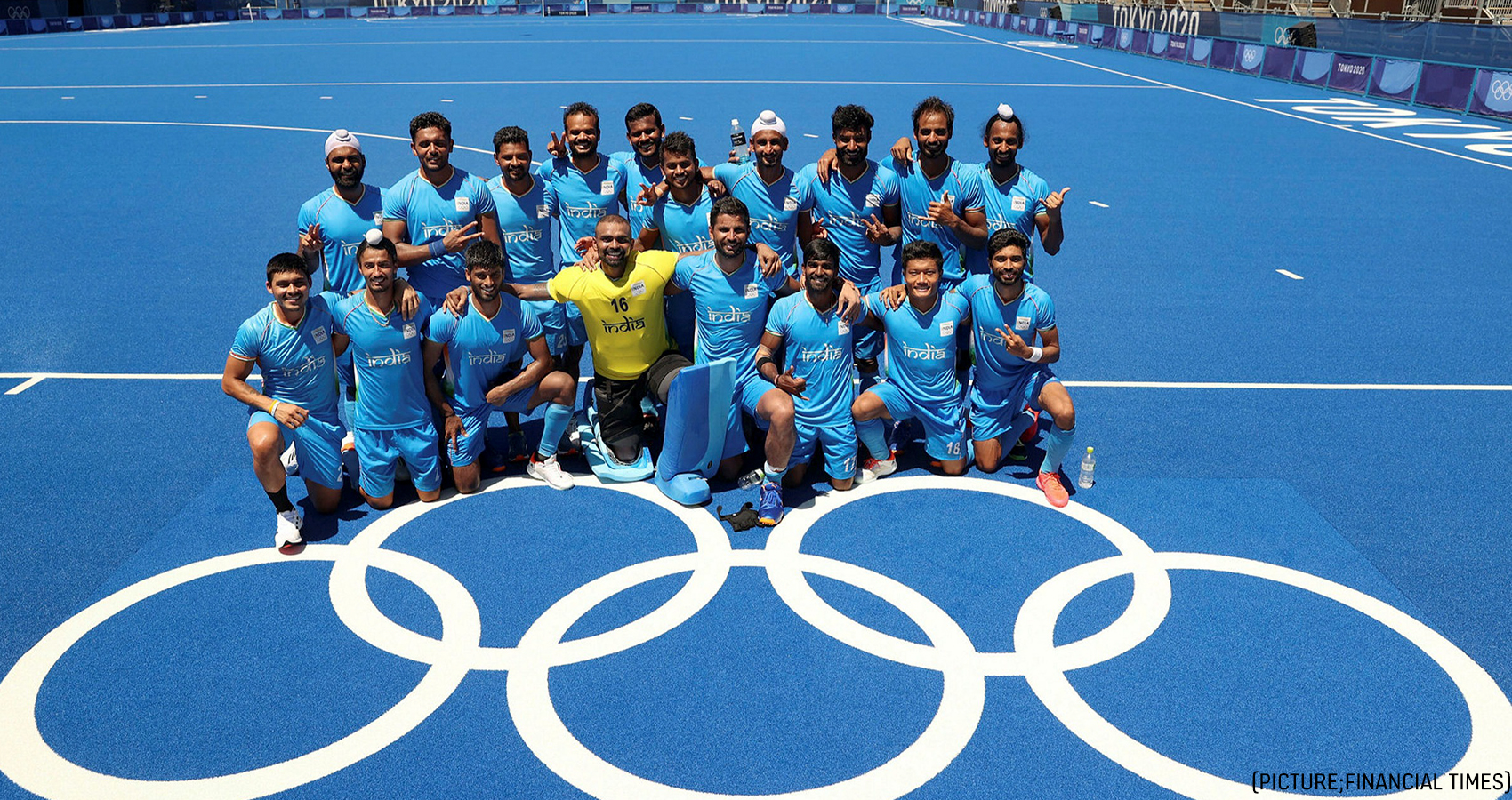
 Manpreet Singh’s fought back brilliantly from a two-goal deficit (1-3) to score four goals in four minutes just around half-time for a sensational victory that would remind fans of the glory days when the Indians were a force to reckon with in world hockey.
Manpreet Singh’s fought back brilliantly from a two-goal deficit (1-3) to score four goals in four minutes just around half-time for a sensational victory that would remind fans of the glory days when the Indians were a force to reckon with in world hockey. Simranjeet Singh (17th, 34th) scored a brace of goals while Hardik Singh (27th min), Harmanpreet Singh (29th min), and Rupinderpal Singh (31st min) scored a goal apiece for India while for Germany Timur Cruz (2nd min), Niklas Wellen (24th min), Benedict Furk (25th min) and Lukas Windfeder (48th min) were on target. Sreejesh, ecstatic after winning the bronze medal in his third Olympics, climbed on to the top of the goal post to celebrate as his teammates ran around the ground, hugging and congratulating each other. As his teammates cried with joy, India’s goalkeeper P.R. Sreejesh scrambled atop his goalposts, his padded legs dangling, and stretched his arms wide, pumping two fists in the air.
Simranjeet Singh (17th, 34th) scored a brace of goals while Hardik Singh (27th min), Harmanpreet Singh (29th min), and Rupinderpal Singh (31st min) scored a goal apiece for India while for Germany Timur Cruz (2nd min), Niklas Wellen (24th min), Benedict Furk (25th min) and Lukas Windfeder (48th min) were on target. Sreejesh, ecstatic after winning the bronze medal in his third Olympics, climbed on to the top of the goal post to celebrate as his teammates ran around the ground, hugging and congratulating each other. As his teammates cried with joy, India’s goalkeeper P.R. Sreejesh scrambled atop his goalposts, his padded legs dangling, and stretched his arms wide, pumping two fists in the air.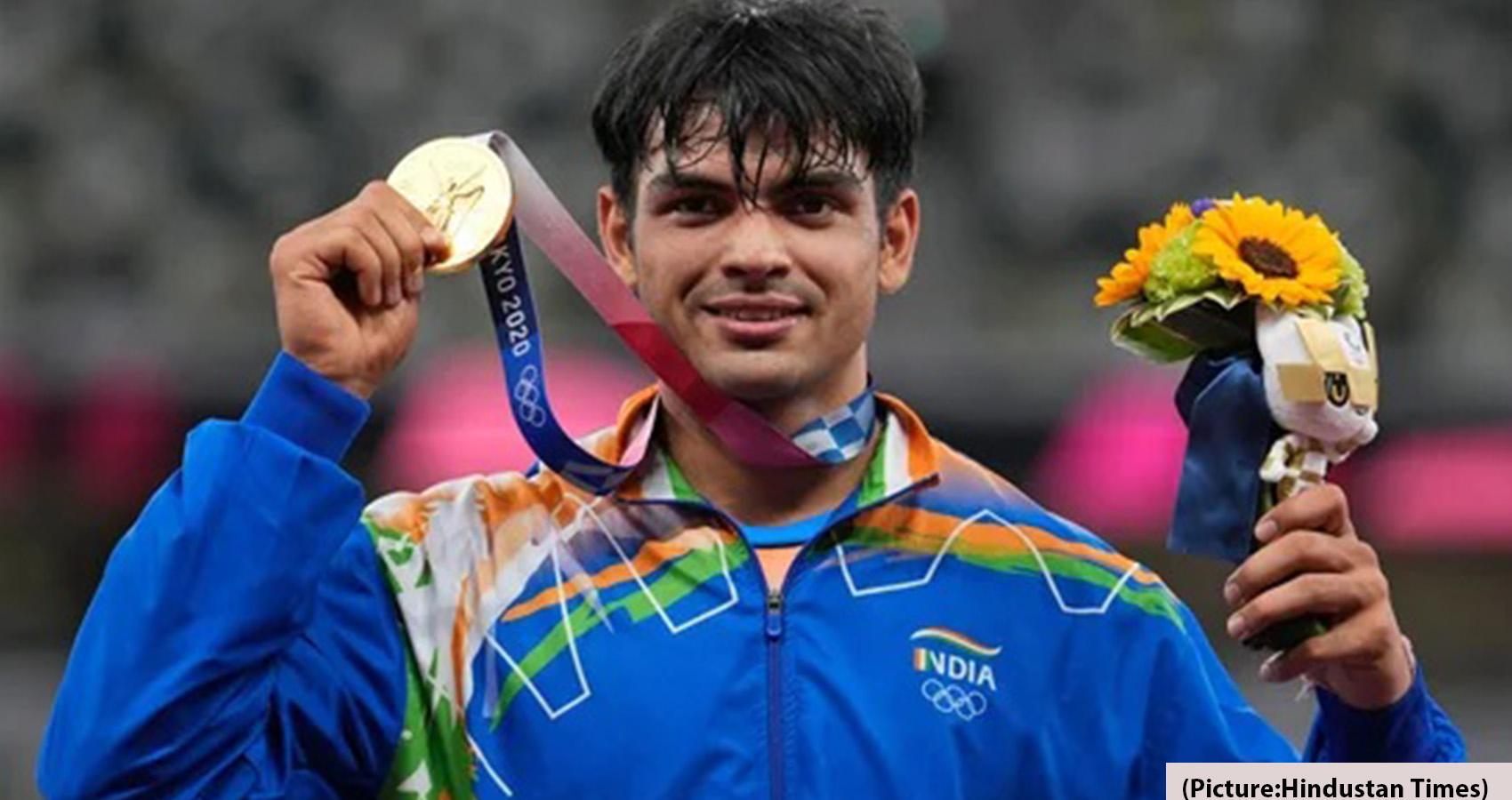
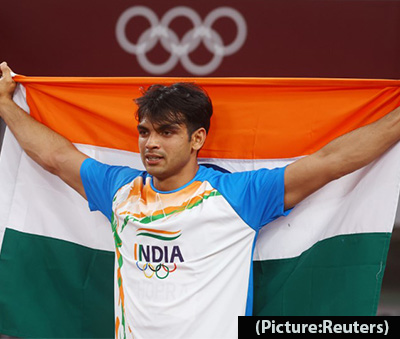 Neeraj Chopra didn’t even give it a second glance. The moment he released the javelin, he was so sure it would at least be his personal best that he turned to his coaches, and lifted his arms to celebrate. However, it wasn’t his personal best. The throw, which travelled 87.58 m,
Neeraj Chopra didn’t even give it a second glance. The moment he released the javelin, he was so sure it would at least be his personal best that he turned to his coaches, and lifted his arms to celebrate. However, it wasn’t his personal best. The throw, which travelled 87.58 m, 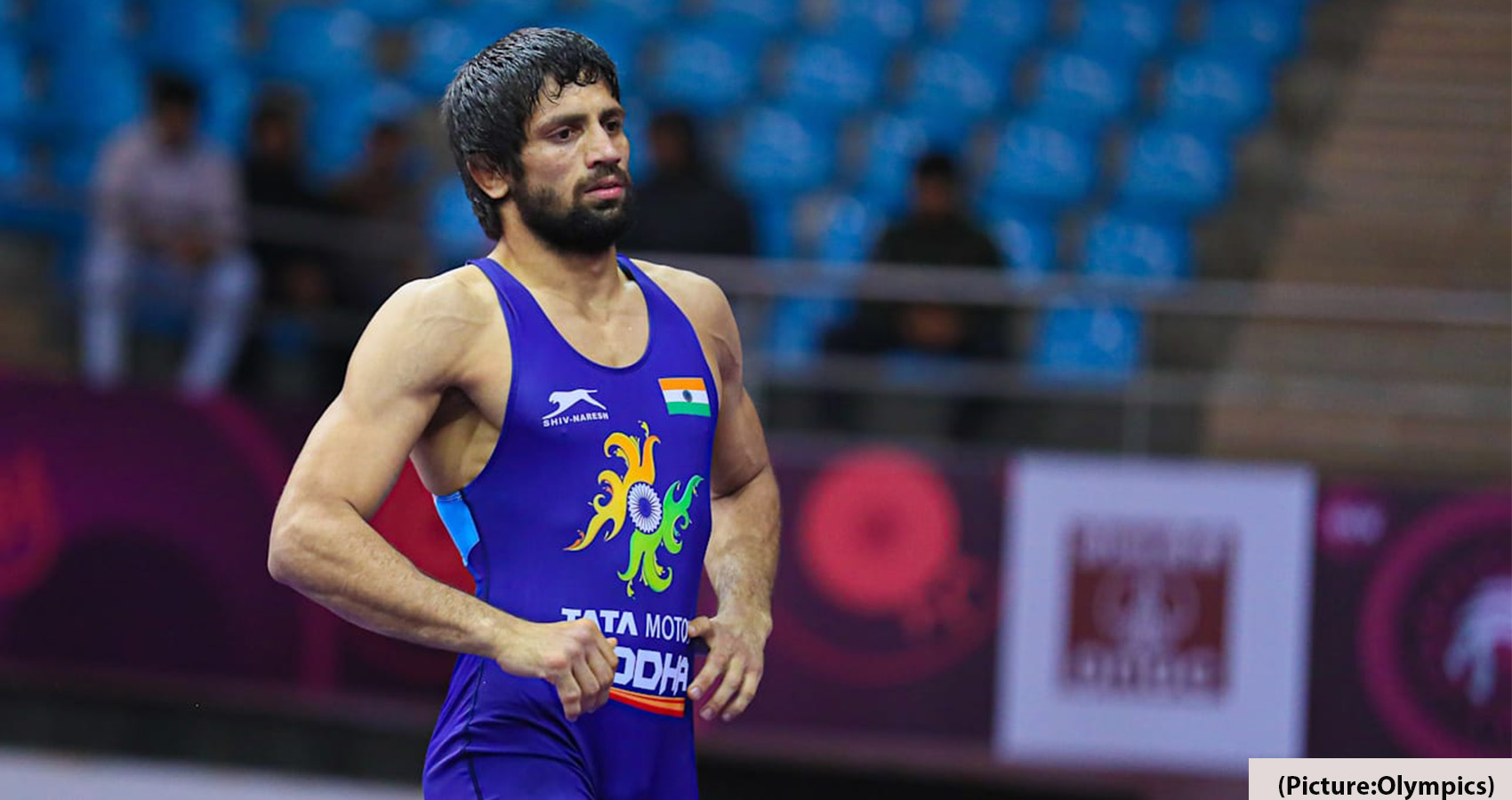
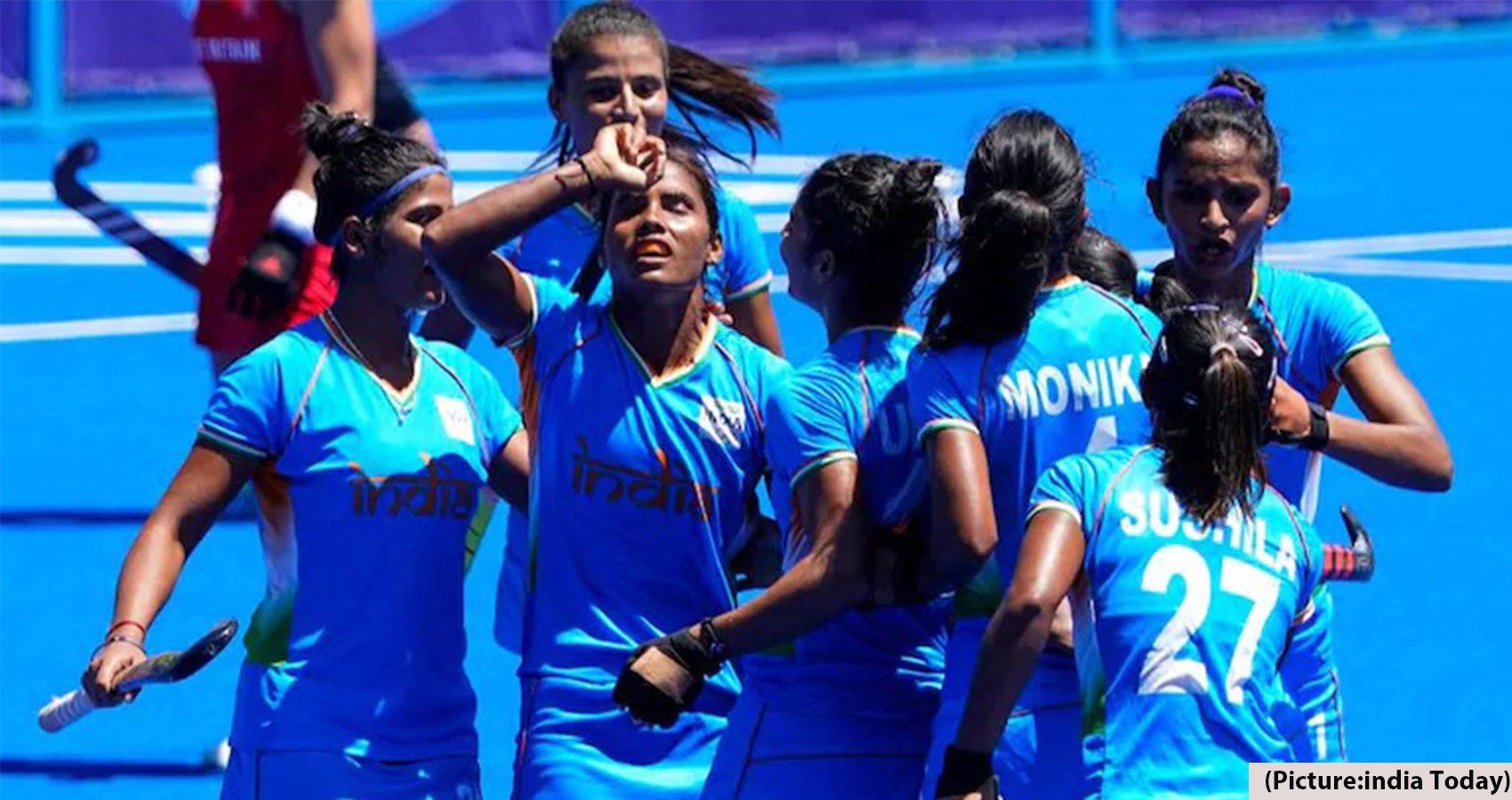
 India went down 4-3 to Great Britain in a closely-fought bronze medal playoff on August 6th despite fighting back from a two-goal deficit. The team led 3-2 at half-time but the British came back strongly in the second half and denied them a historic medal in only their third appearance in the Olympics since women’s hockey made its debut in 1980 at Moscow.
India went down 4-3 to Great Britain in a closely-fought bronze medal playoff on August 6th despite fighting back from a two-goal deficit. The team led 3-2 at half-time but the British came back strongly in the second half and denied them a historic medal in only their third appearance in the Olympics since women’s hockey made its debut in 1980 at Moscow.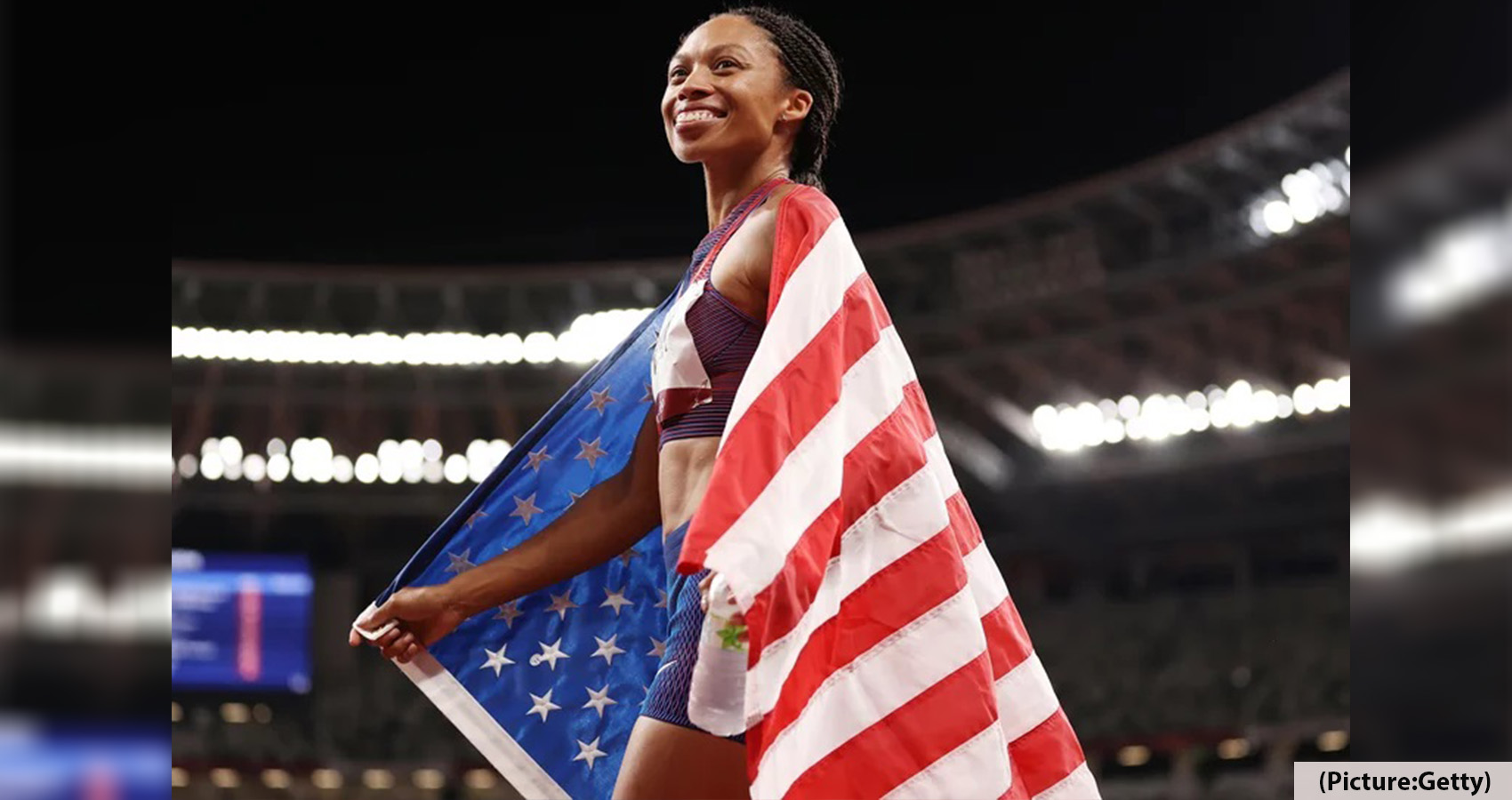

 “I knew I had it in me, but obviously, I’ve had my ups and downs with injuries,” she said Saturday, referring to a persistent ailment in 2018 and 2019. “I’ve been keeping faith all this time. It is amazing.”
“I knew I had it in me, but obviously, I’ve had my ups and downs with injuries,” she said Saturday, referring to a persistent ailment in 2018 and 2019. “I’ve been keeping faith all this time. It is amazing.” Fraser-Pryce, who won the event at the Olympics in Beijing and London, came into the event trying to become the first woman to win three gold medals at this distance. The 34-year-old clocked the fastest time in the heats to qualify for the final, with a time quicker than her gold medal races.
Fraser-Pryce, who won the event at the Olympics in Beijing and London, came into the event trying to become the first woman to win three gold medals at this distance. The 34-year-old clocked the fastest time in the heats to qualify for the final, with a time quicker than her gold medal races.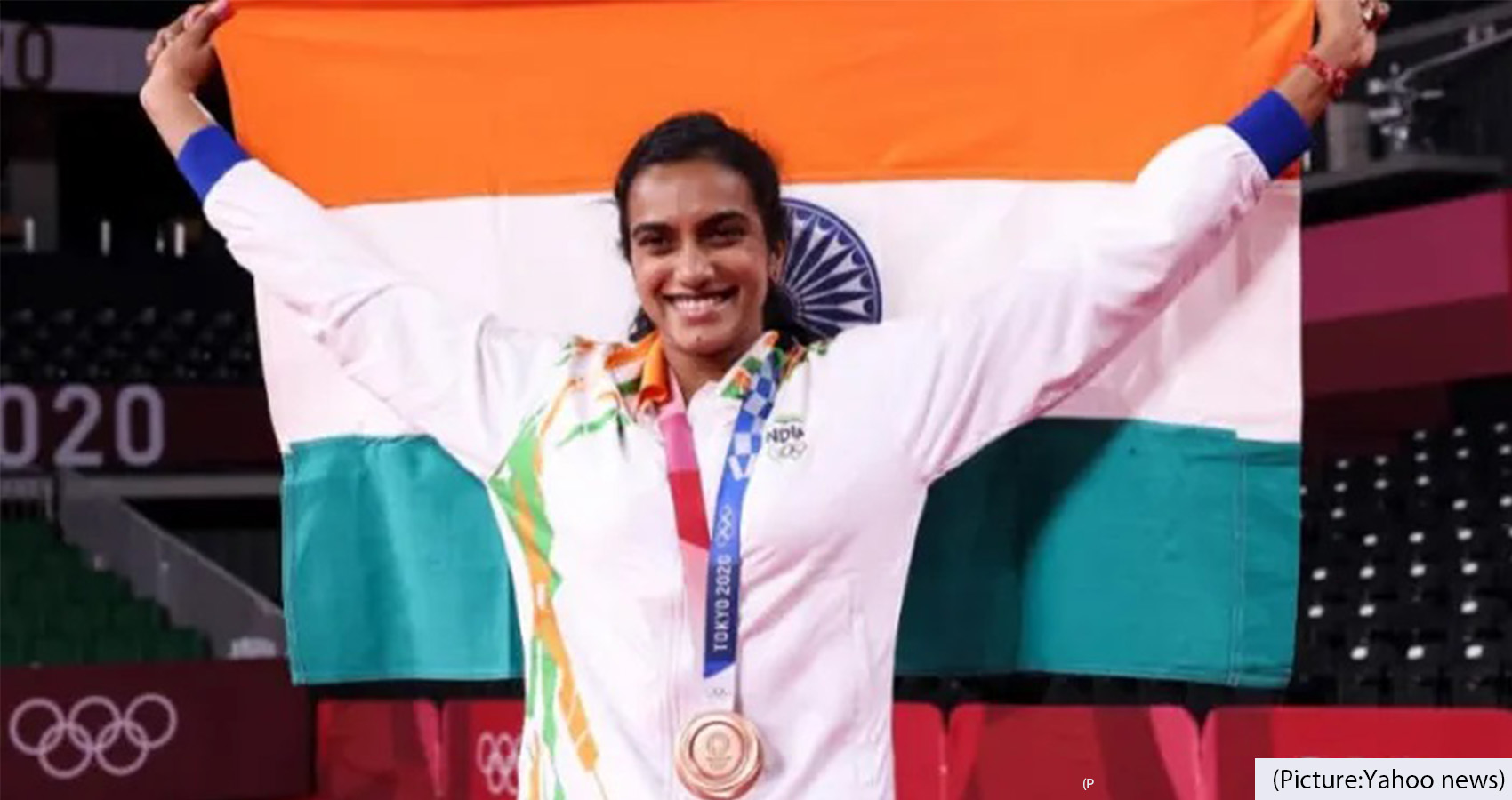
 Sindhu, who won India’s historic silver at Rio Olympics in 2016, lost the semi-finals to Chinese Taipei’s Tai Tzu Ying on Saturday but defeated China’s He Bing Jiao the next day to secure the third spot at the podium.
Sindhu, who won India’s historic silver at Rio Olympics in 2016, lost the semi-finals to Chinese Taipei’s Tai Tzu Ying on Saturday but defeated China’s He Bing Jiao the next day to secure the third spot at the podium. Sindhu began earning global recognition for India when she entered the international circuit in 2009 at age 14, winning
Sindhu began earning global recognition for India when she entered the international circuit in 2009 at age 14, winning 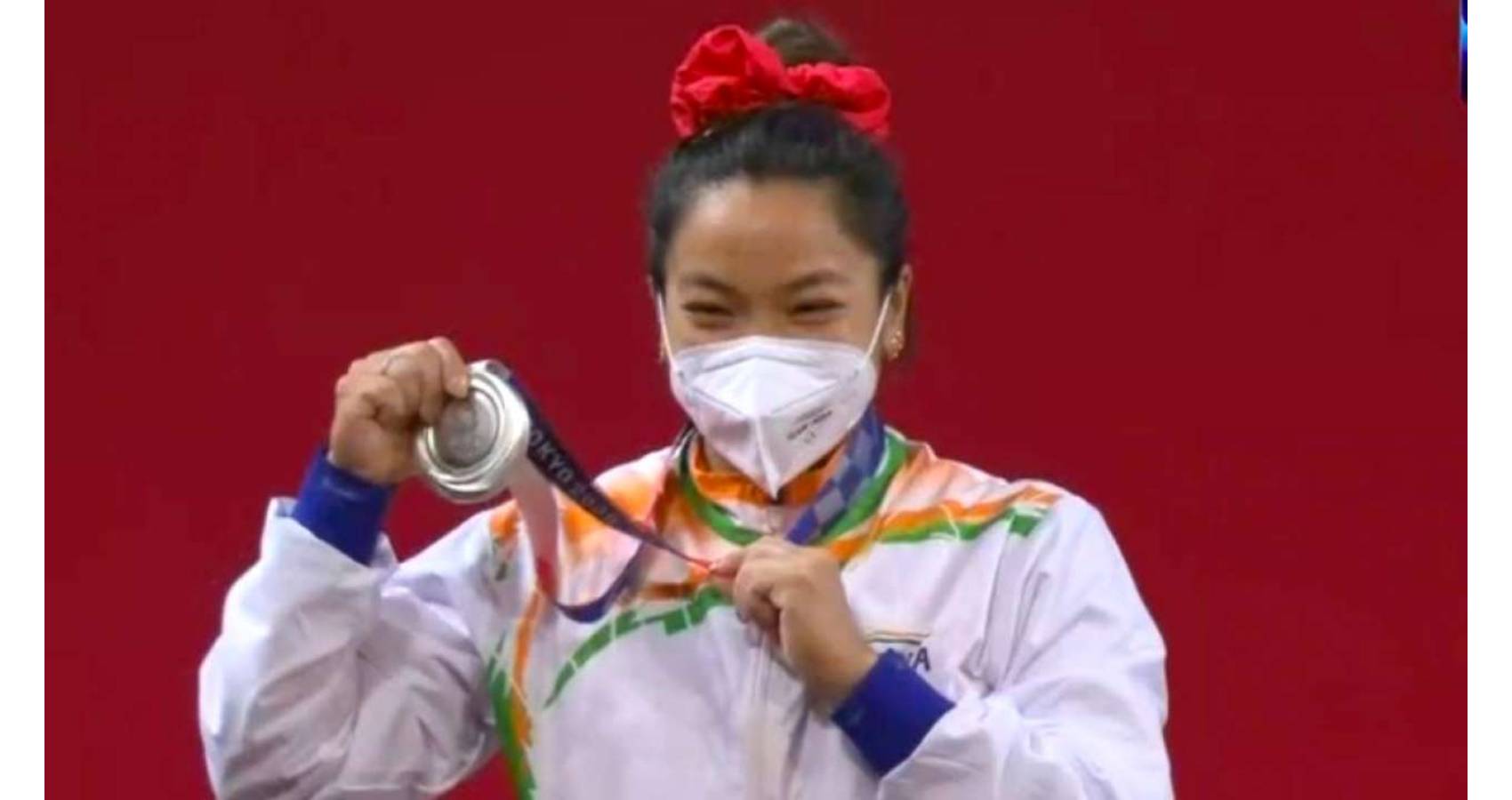
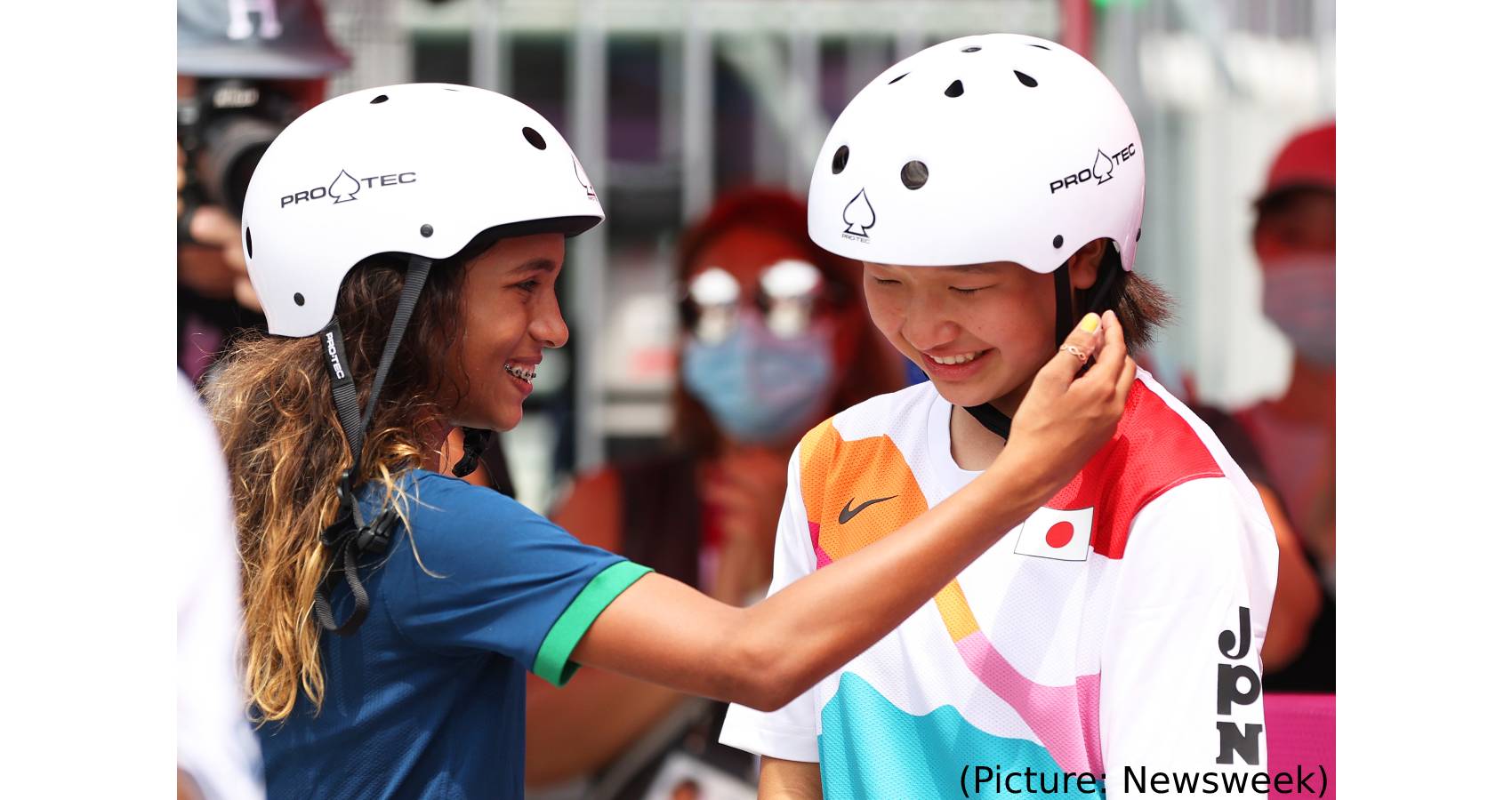
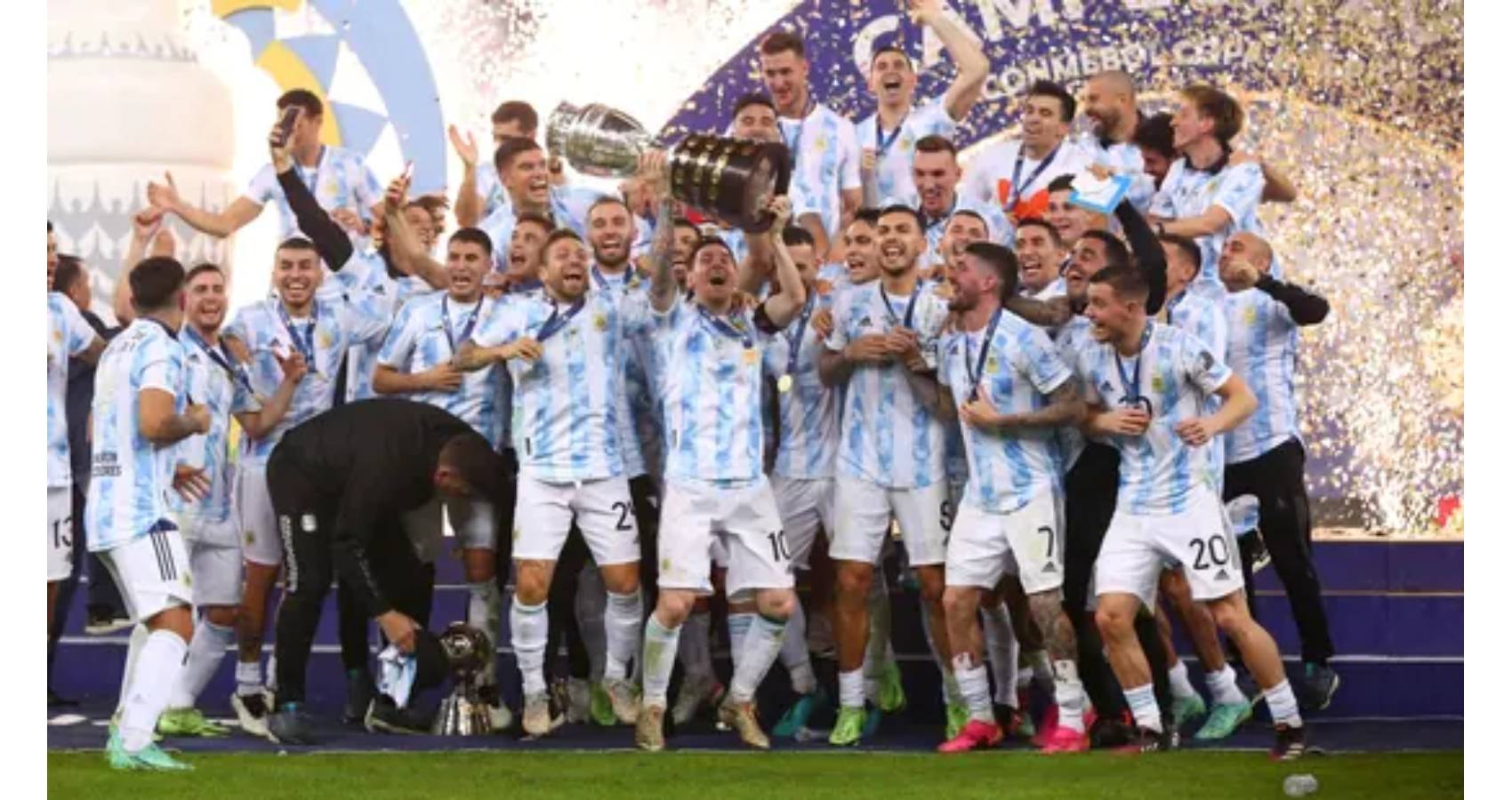
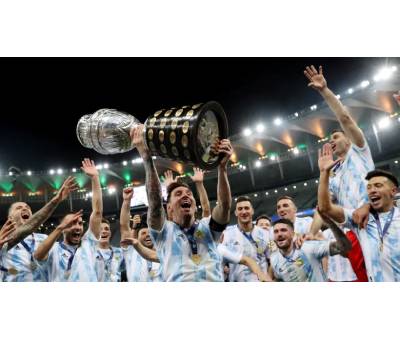 Argentina’s win was especially meaningful for captain Lionel Messi, 34, who is largely considered one of the best soccer players globally, with many previously won titles and honors with his Spanish club team, Barcelona. Even with all these accomplishments, he was unable to secure a single international trophy with his home team.
Argentina’s win was especially meaningful for captain Lionel Messi, 34, who is largely considered one of the best soccer players globally, with many previously won titles and honors with his Spanish club team, Barcelona. Even with all these accomplishments, he was unable to secure a single international trophy with his home team.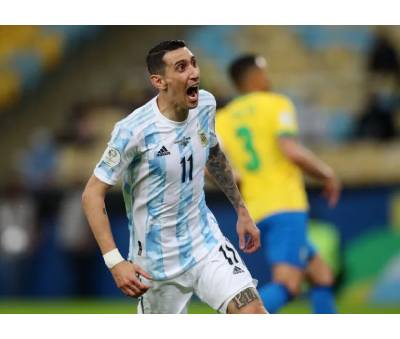 “I was close many times,” Messi said after the match, according to The Associated Press. “It’s crazy. I can’t explain how happy I feel. I’ve been sad many times [with Argentina after tournaments] but I knew it would happen and there’s no better moment. This team deserved it,” he added.
“I was close many times,” Messi said after the match, according to The Associated Press. “It’s crazy. I can’t explain how happy I feel. I’ve been sad many times [with Argentina after tournaments] but I knew it would happen and there’s no better moment. This team deserved it,” he added.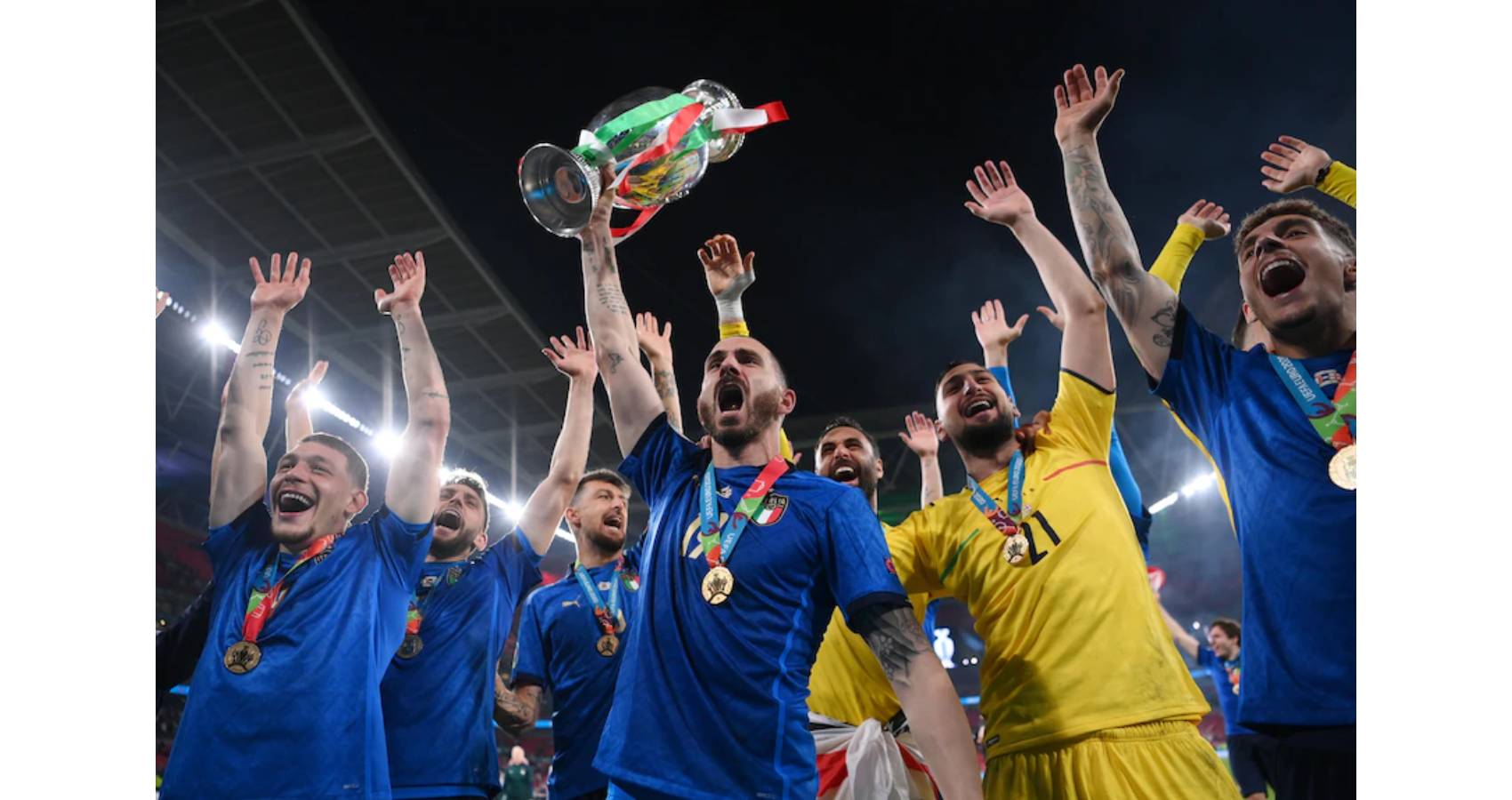
 The Italian national team had won the 2020 men’s European soccer championship against England, crushing the hopes of England bringing home their first major title in over half a century, since the 1966 World Cup. This win also marks Italy’s first victorious Euro championship since 1968, after 3 failed attempts in the finals over the last two decades. The 90 minute match had the scores tied at 1-1, with England leading the first half of the game in behalf of an early goal from Luke Shaw. This lead was lost in the 67th minute when Italy’s Leonardo Bonucci managed to score the crucial goal, which resulted in 30 minutes of extended time, before Italy claimed victory during a penalty shootout, ending with three goals compared to England’s two.
The Italian national team had won the 2020 men’s European soccer championship against England, crushing the hopes of England bringing home their first major title in over half a century, since the 1966 World Cup. This win also marks Italy’s first victorious Euro championship since 1968, after 3 failed attempts in the finals over the last two decades. The 90 minute match had the scores tied at 1-1, with England leading the first half of the game in behalf of an early goal from Luke Shaw. This lead was lost in the 67th minute when Italy’s Leonardo Bonucci managed to score the crucial goal, which resulted in 30 minutes of extended time, before Italy claimed victory during a penalty shootout, ending with three goals compared to England’s two.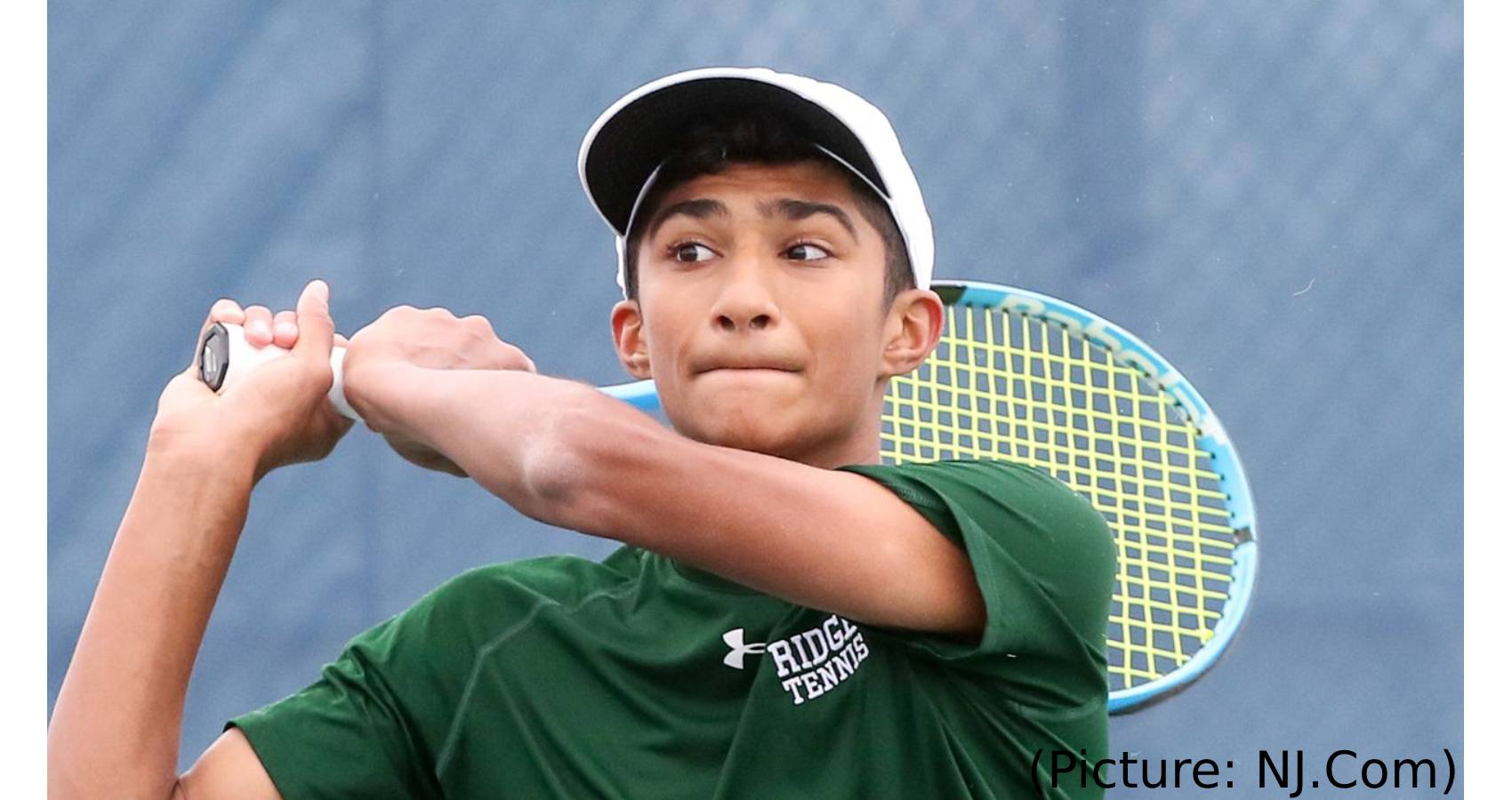
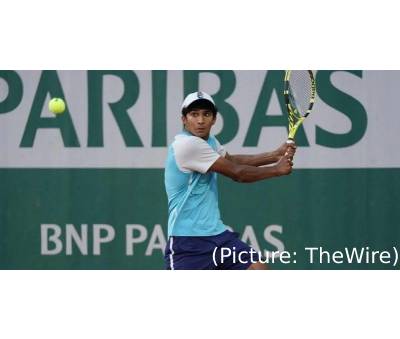 “I’m really happy with my commitment to Columbia, the coaches there I’m really buying into their vision. I think it’s a really good stepping stone. Obviously, with Indian parents, they definitely want me to go to college and not just skip the whole…and just go right to pros. And I think it would be a good character-building kind of thing, because I’m not sure if I’m fully ready to just fully go pro yet, so as of right now, I’m still probably going to go to college,” he had said. The 17-year-old right-hander from New Jersey beat Wayenburg 7-6(3), 4-6, 6-2 in two minutes short of two hours in their semi-final encounter.
“I’m really happy with my commitment to Columbia, the coaches there I’m really buying into their vision. I think it’s a really good stepping stone. Obviously, with Indian parents, they definitely want me to go to college and not just skip the whole…and just go right to pros. And I think it would be a good character-building kind of thing, because I’m not sure if I’m fully ready to just fully go pro yet, so as of right now, I’m still probably going to go to college,” he had said. The 17-year-old right-hander from New Jersey beat Wayenburg 7-6(3), 4-6, 6-2 in two minutes short of two hours in their semi-final encounter.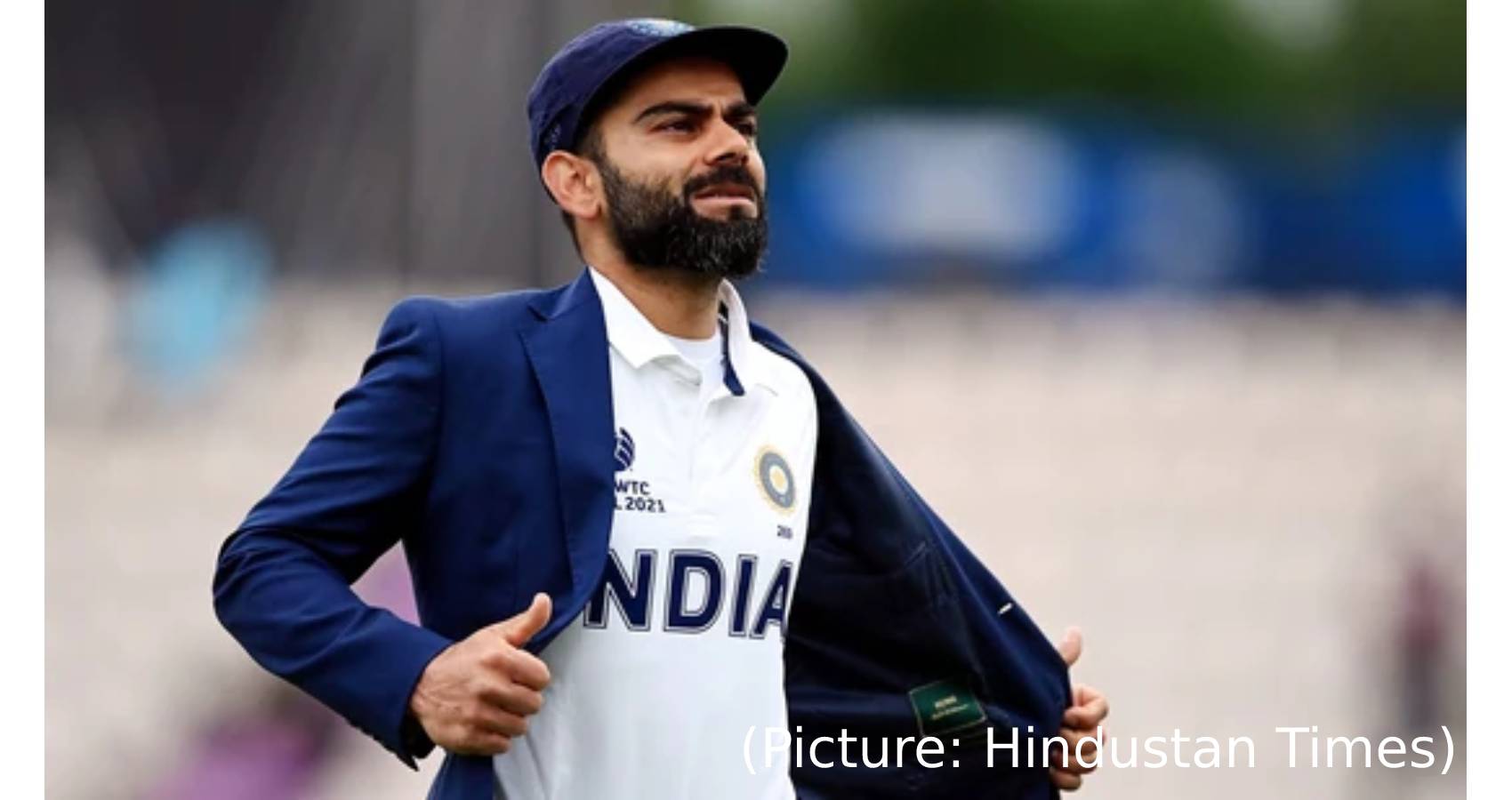
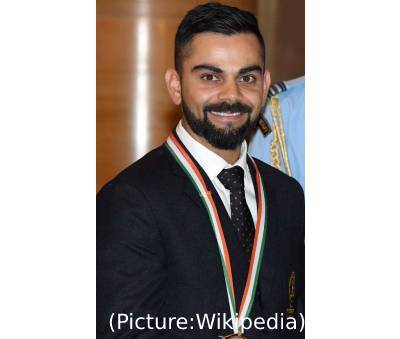 Despite being India’s most successful Test captain ever, experts have often looked at
Despite being India’s most successful Test captain ever, experts have often looked at 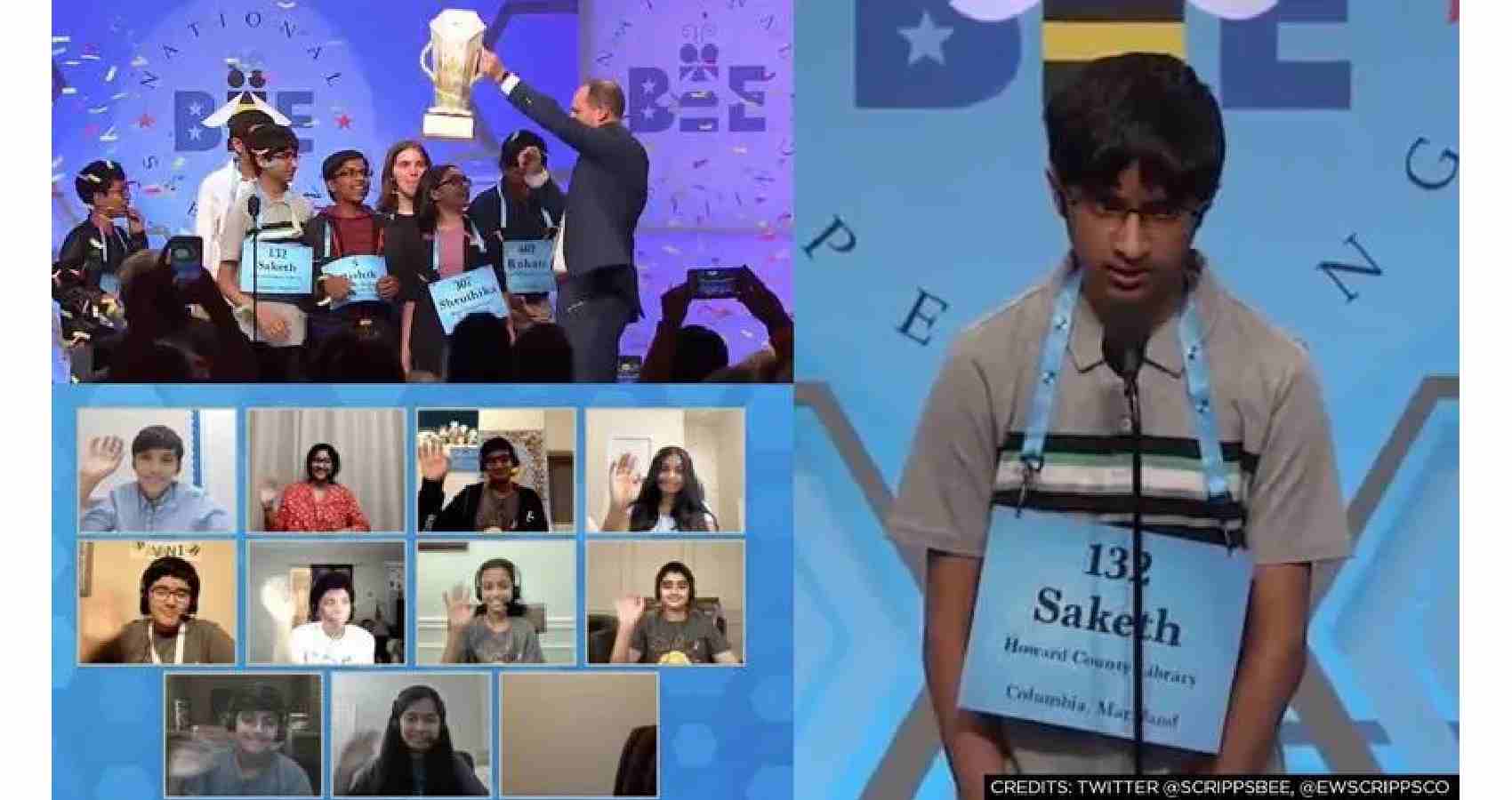
 As many as 209 spellers competed on a national level, of those the 9 Indian American children qualified for semifinals held on June 27 Sunday from 7 to 11 pm on ESPN America for the championship trophy. During the in-person finals, the Bee will have the option of activating a spell-off if needed. The spell-off would be activated in the closing minutes of the competition if a champion has not yet been declared in a traditional, one-person, one-word round, it said. “We are honored to introduce our 2021 Scripps National Spelling Bee Finalists. Round after round, this group of spellers proved their mettle, and we look forward to seeing them show off their knowledge and hard work as they square off against the dictionary on the national stage,” said Dr J Michael Durnil, executive director of the Bee.
As many as 209 spellers competed on a national level, of those the 9 Indian American children qualified for semifinals held on June 27 Sunday from 7 to 11 pm on ESPN America for the championship trophy. During the in-person finals, the Bee will have the option of activating a spell-off if needed. The spell-off would be activated in the closing minutes of the competition if a champion has not yet been declared in a traditional, one-person, one-word round, it said. “We are honored to introduce our 2021 Scripps National Spelling Bee Finalists. Round after round, this group of spellers proved their mettle, and we look forward to seeing them show off their knowledge and hard work as they square off against the dictionary on the national stage,” said Dr J Michael Durnil, executive director of the Bee.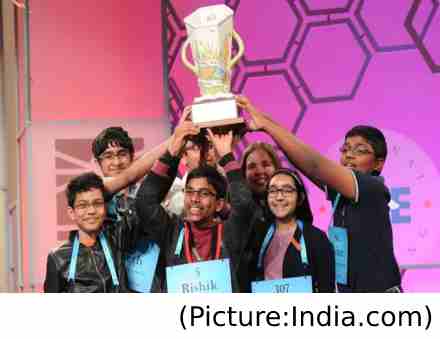 The other Indian kids to win the popular contest are AnsunSujoe and SriramHathwar in the year 2014, Arvind Mahankali in 2013, SnigdhaNandipati in 2012, Sukanya Roy in 2011 and AnamikaVeeramani in 2010. The Indian American Children have been qualifying for the US national spelling bee contest leaving their American friends behind with chances of more than 80 percent of them even winning, for the past several years. Interestingly, these Indian origin children comprise less than 1% of the total American school’s population. The Bee was cancelled in 2020 due to the
The other Indian kids to win the popular contest are AnsunSujoe and SriramHathwar in the year 2014, Arvind Mahankali in 2013, SnigdhaNandipati in 2012, Sukanya Roy in 2011 and AnamikaVeeramani in 2010. The Indian American Children have been qualifying for the US national spelling bee contest leaving their American friends behind with chances of more than 80 percent of them even winning, for the past several years. Interestingly, these Indian origin children comprise less than 1% of the total American school’s population. The Bee was cancelled in 2020 due to the 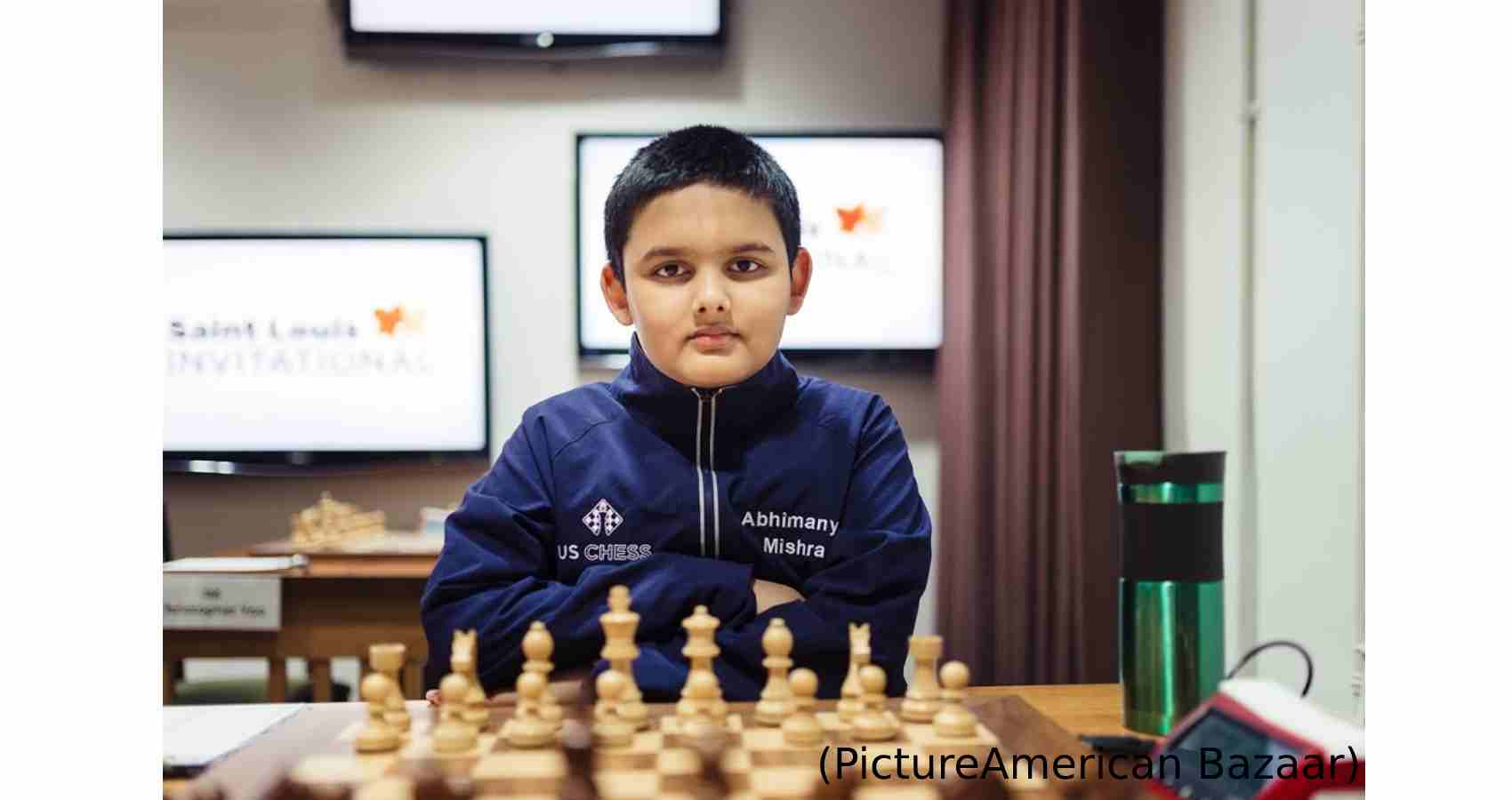
 But Abhimanyu, after becoming the world’s youngest International Master last year, chased his dream and achieved the feat at the Vezerkepzo GM Mix in Budapest, a tournament organised just to give him one final shot at the title, as several chess players stayed back due to travel restrictions. Abhimanyu has been in the Hungarian capital since April, in pursuit of the record. He had attained the first and second GM norms in April and May, but the third had seemed elusive with time catching up and fewer tournaments in the horizon. He had to wait till mid-July for another shot at the record, but for this tournament.
But Abhimanyu, after becoming the world’s youngest International Master last year, chased his dream and achieved the feat at the Vezerkepzo GM Mix in Budapest, a tournament organised just to give him one final shot at the title, as several chess players stayed back due to travel restrictions. Abhimanyu has been in the Hungarian capital since April, in pursuit of the record. He had attained the first and second GM norms in April and May, but the third had seemed elusive with time catching up and fewer tournaments in the horizon. He had to wait till mid-July for another shot at the record, but for this tournament.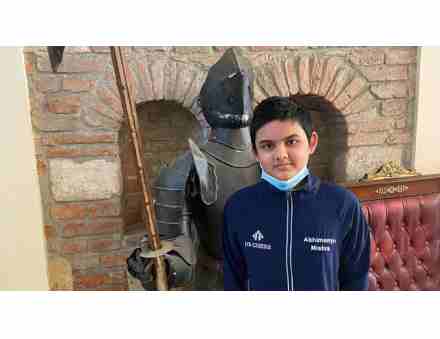 Though intense in front of the board, with large brooding eyes carefully working patterns, Abhimanyu is not an out-and-out chess buff. In fact, his sporing idol is swimmer Michael Phelps (his hero in chess is Garry Kasparov), wants to acquire a black belt in karate when he grows older, and plays a lot of video games (Brawl Stars is his favourite) with friends. But as of now, his eyes are firmly trained on the 64-square board.
Though intense in front of the board, with large brooding eyes carefully working patterns, Abhimanyu is not an out-and-out chess buff. In fact, his sporing idol is swimmer Michael Phelps (his hero in chess is Garry Kasparov), wants to acquire a black belt in karate when he grows older, and plays a lot of video games (Brawl Stars is his favourite) with friends. But as of now, his eyes are firmly trained on the 64-square board.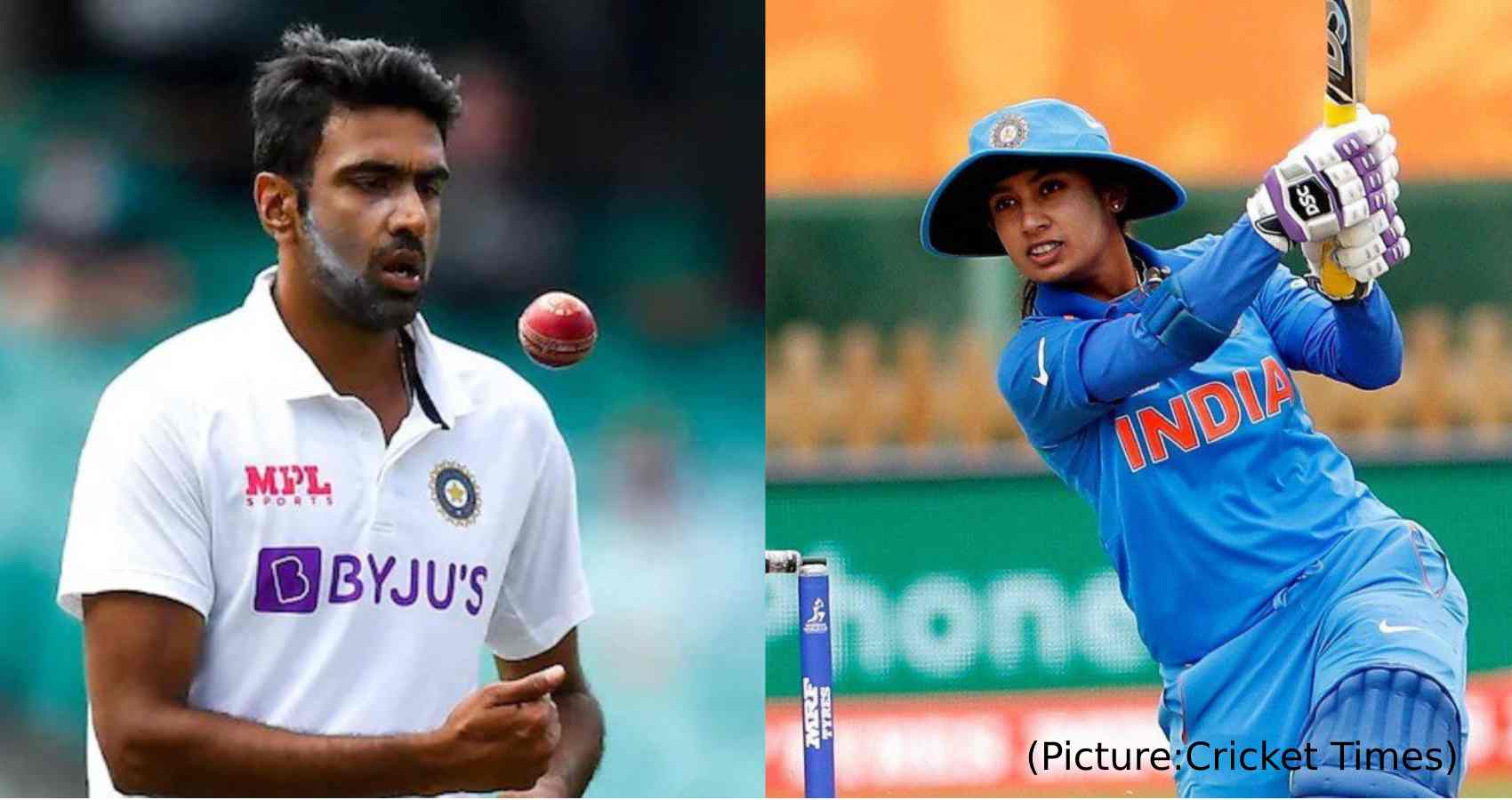

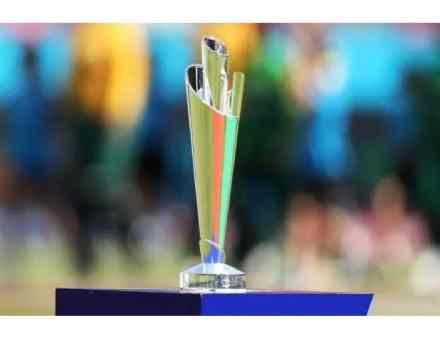 The first round of the tournament, comprising the eight qualifying teams, will now be split between Oman and UAE. Four of these teams will then progress to the Super 12s round where they’ll join the eight automatic qualifiers. The upcoming edition will be the first men’s T20 World Cup played since 2016, when West Indies beat
The first round of the tournament, comprising the eight qualifying teams, will now be split between Oman and UAE. Four of these teams will then progress to the Super 12s round where they’ll join the eight automatic qualifiers. The upcoming edition will be the first men’s T20 World Cup played since 2016, when West Indies beat 
 Organizers have released a playbook, the final version of which is expected next month, outlining a series of countermeasures that they say will ensure the Games can take place in a safe and secure way, even as thousands of athletes from around the world descend on Tokyo.The games, which are scheduled to take place in Tokyo and other parts of Japan from July 23 to Aug. 8, were already
Organizers have released a playbook, the final version of which is expected next month, outlining a series of countermeasures that they say will ensure the Games can take place in a safe and secure way, even as thousands of athletes from around the world descend on Tokyo.The games, which are scheduled to take place in Tokyo and other parts of Japan from July 23 to Aug. 8, were already 
